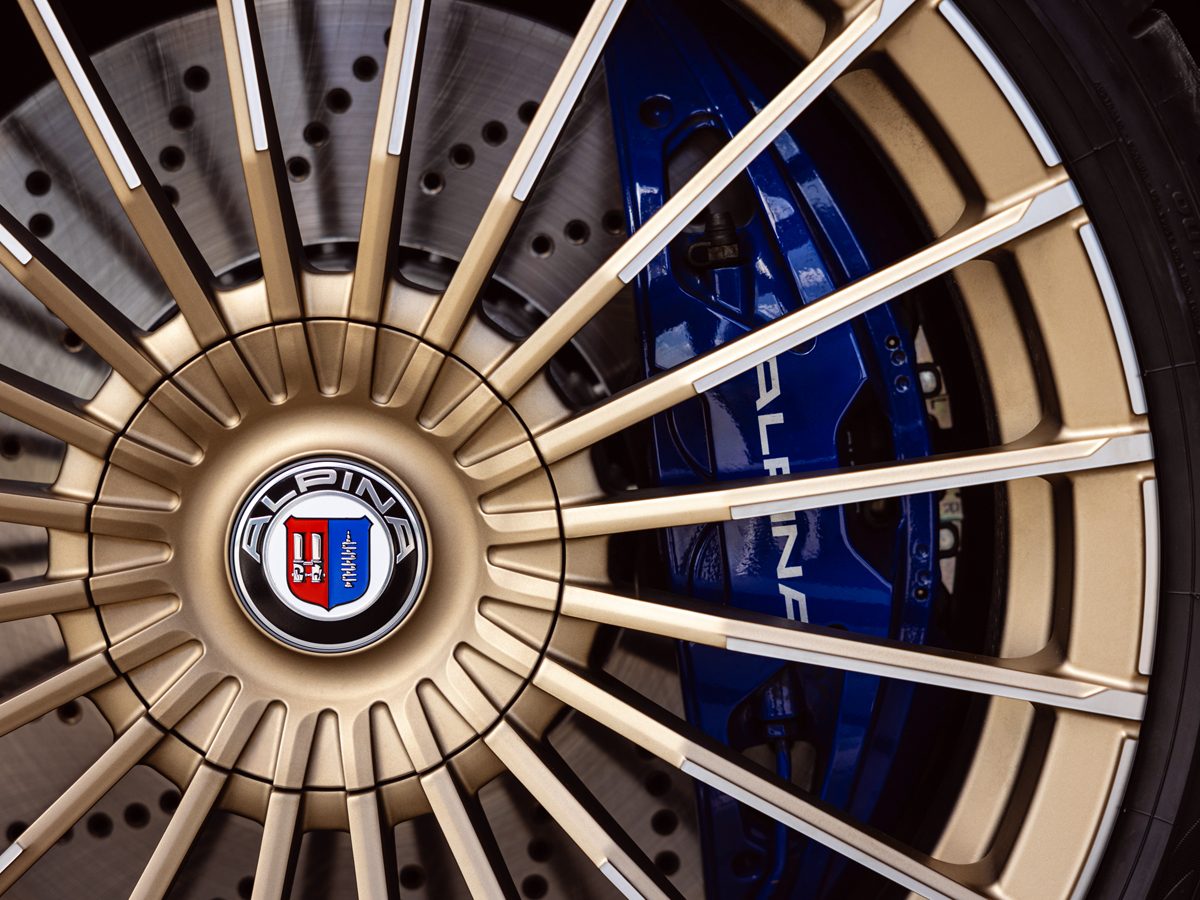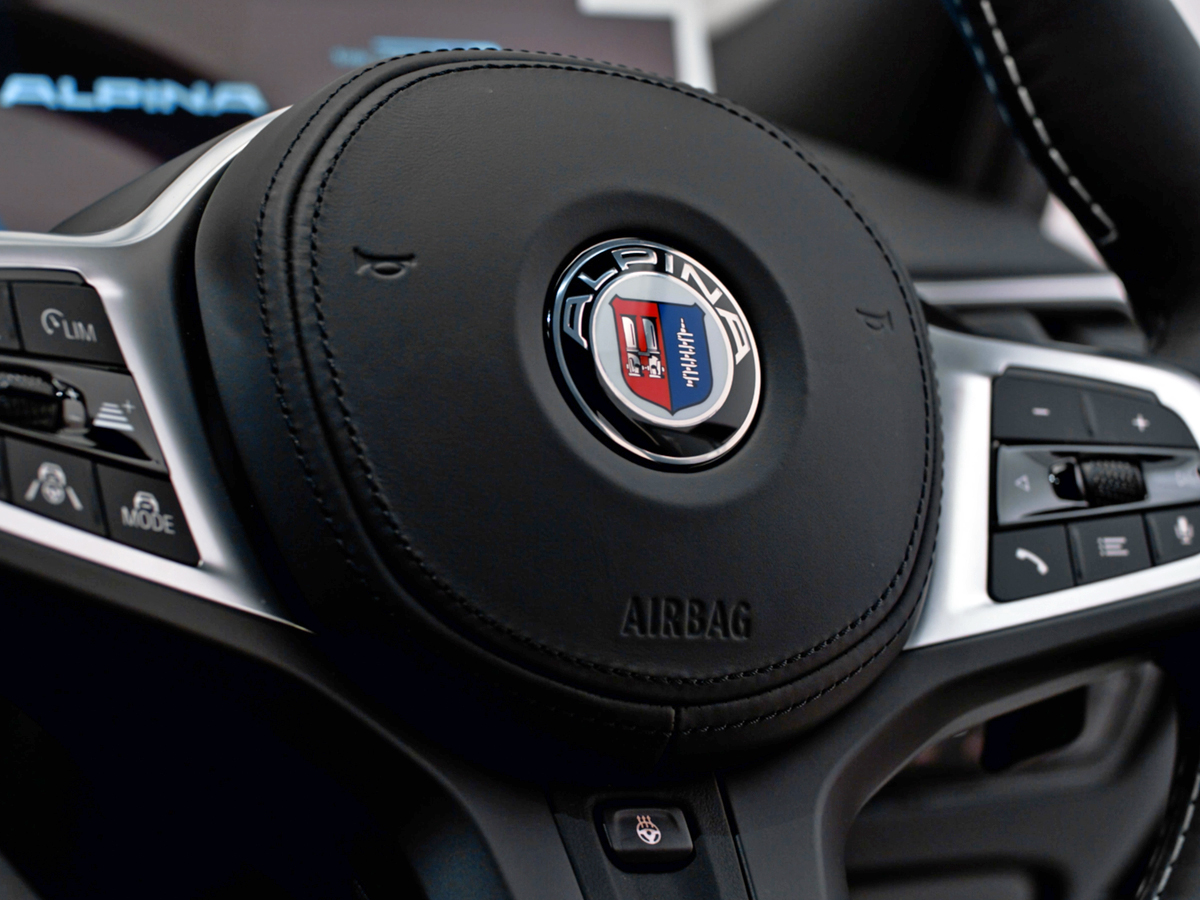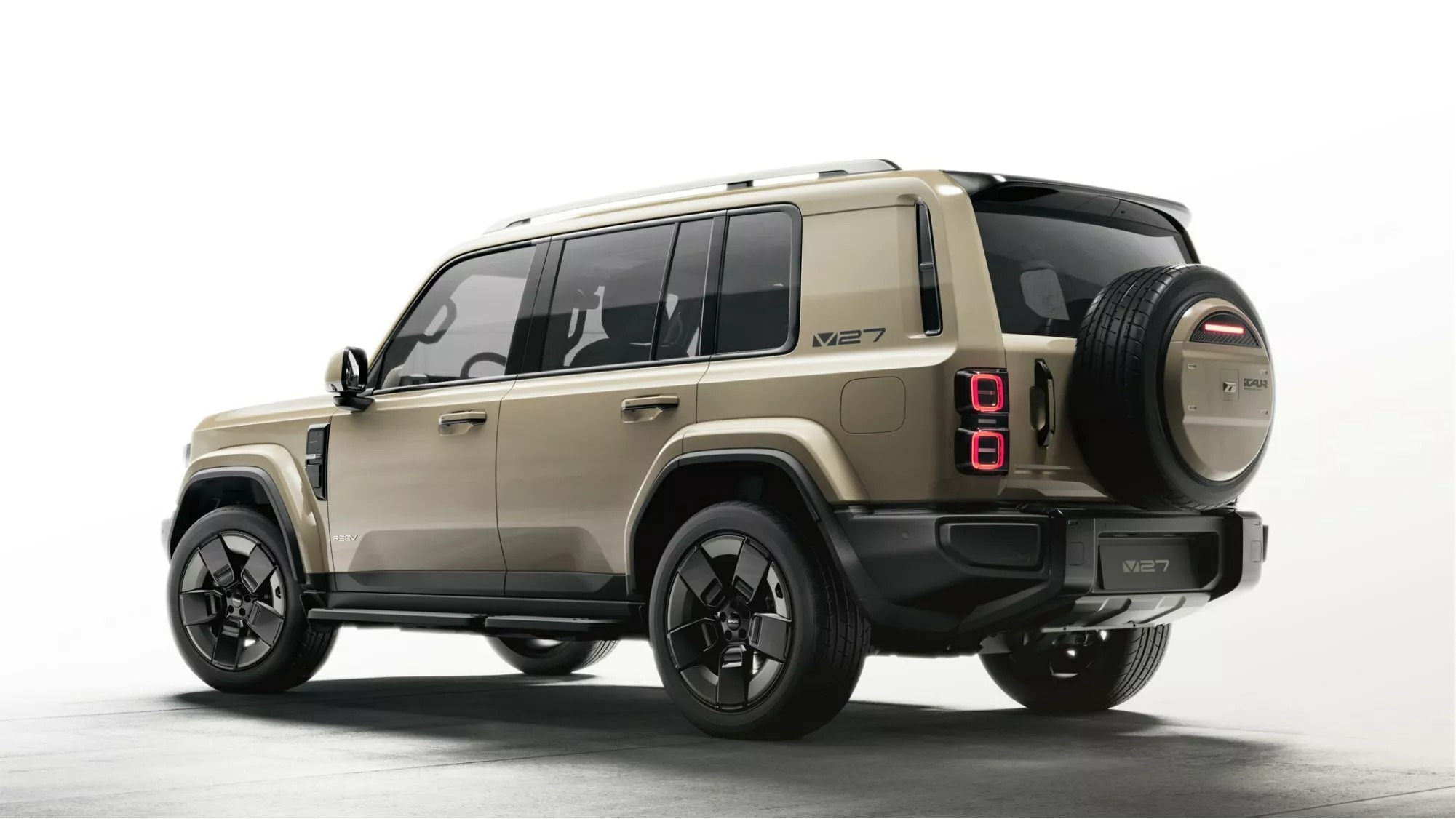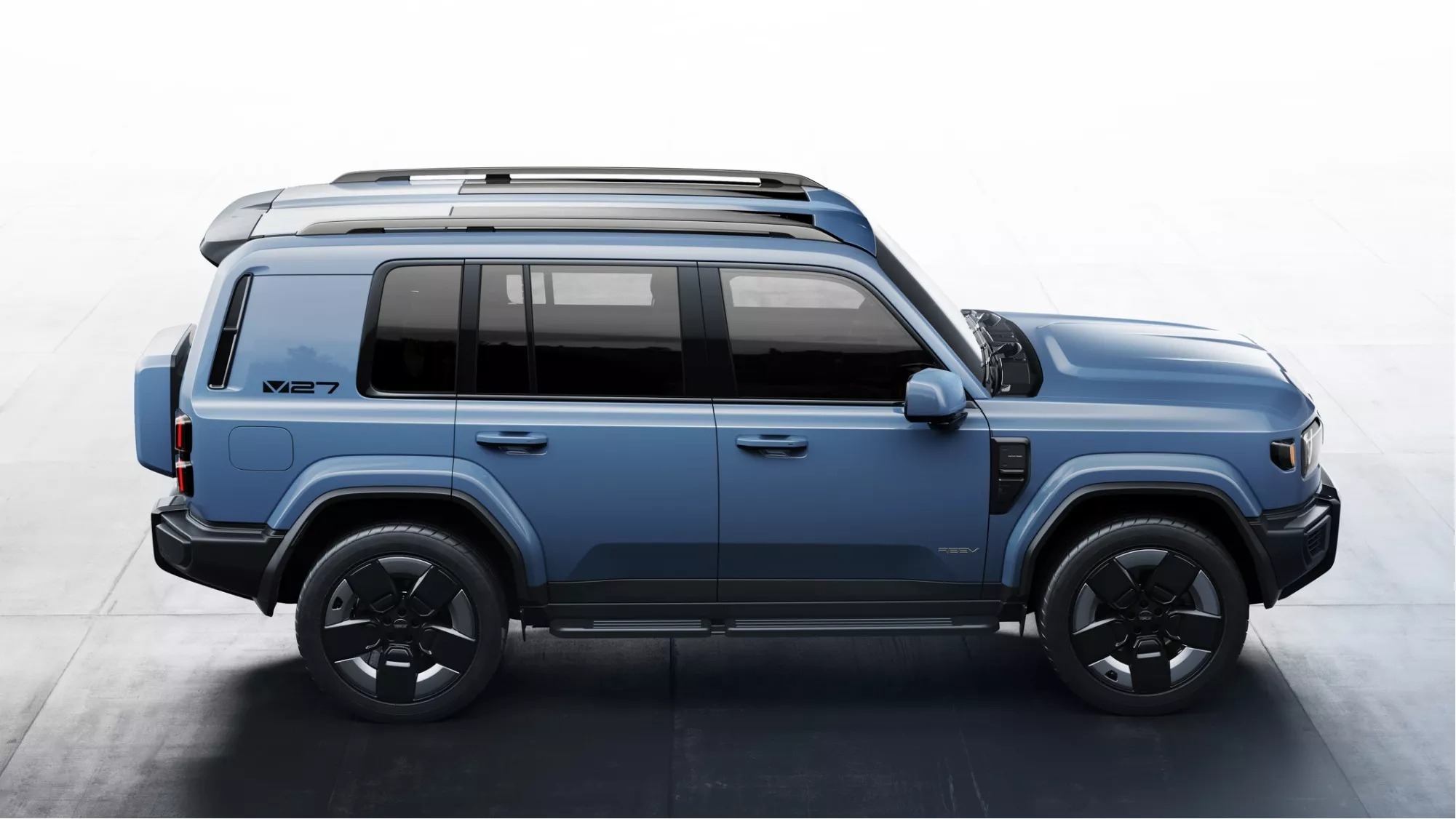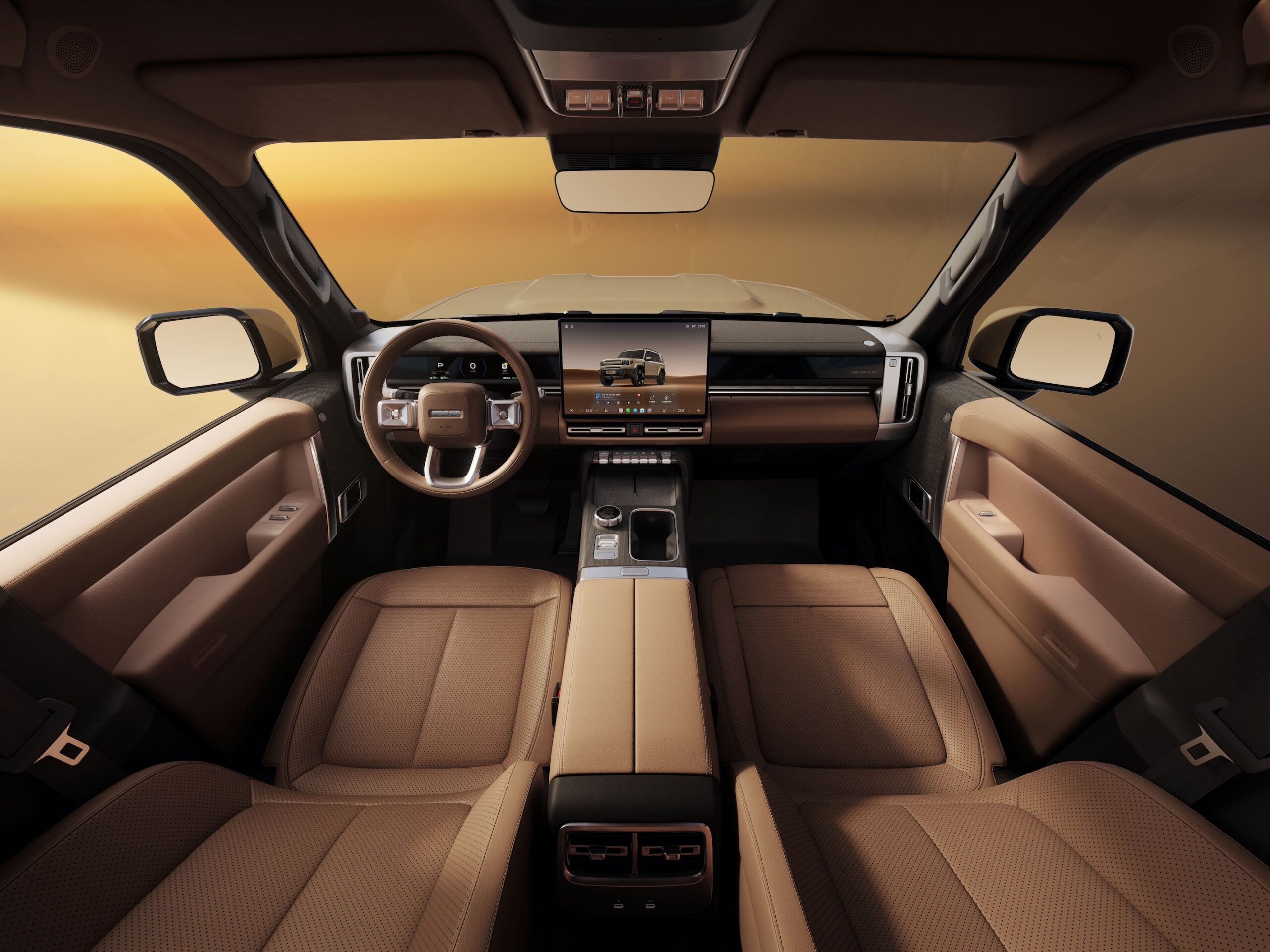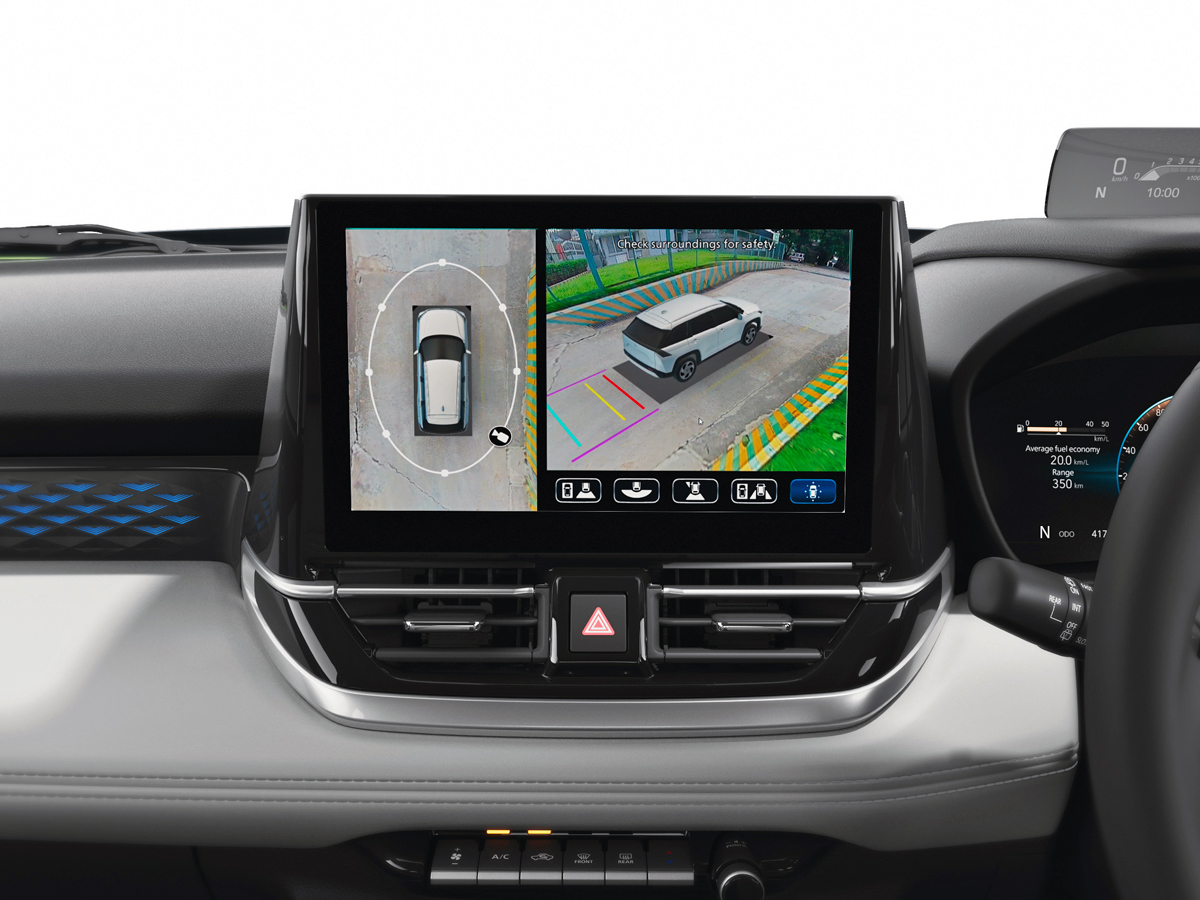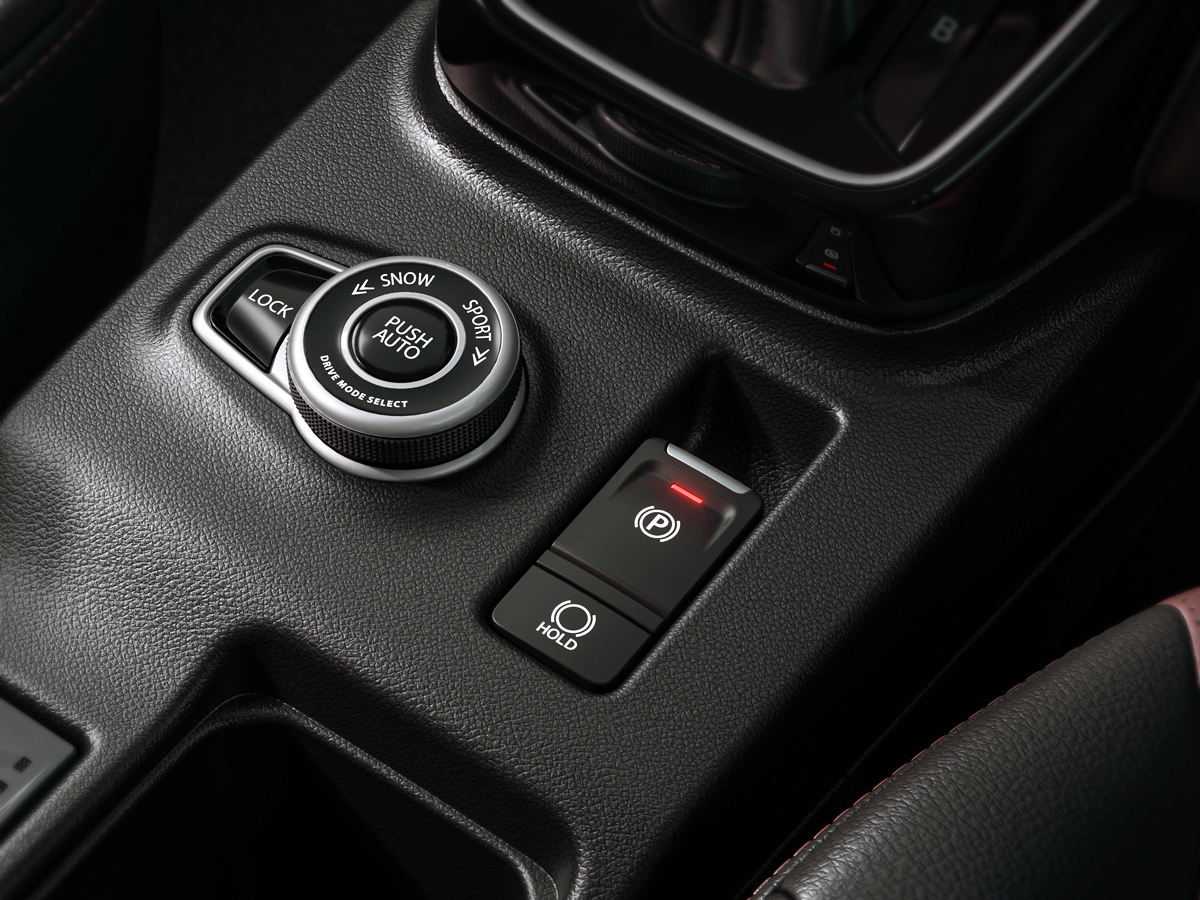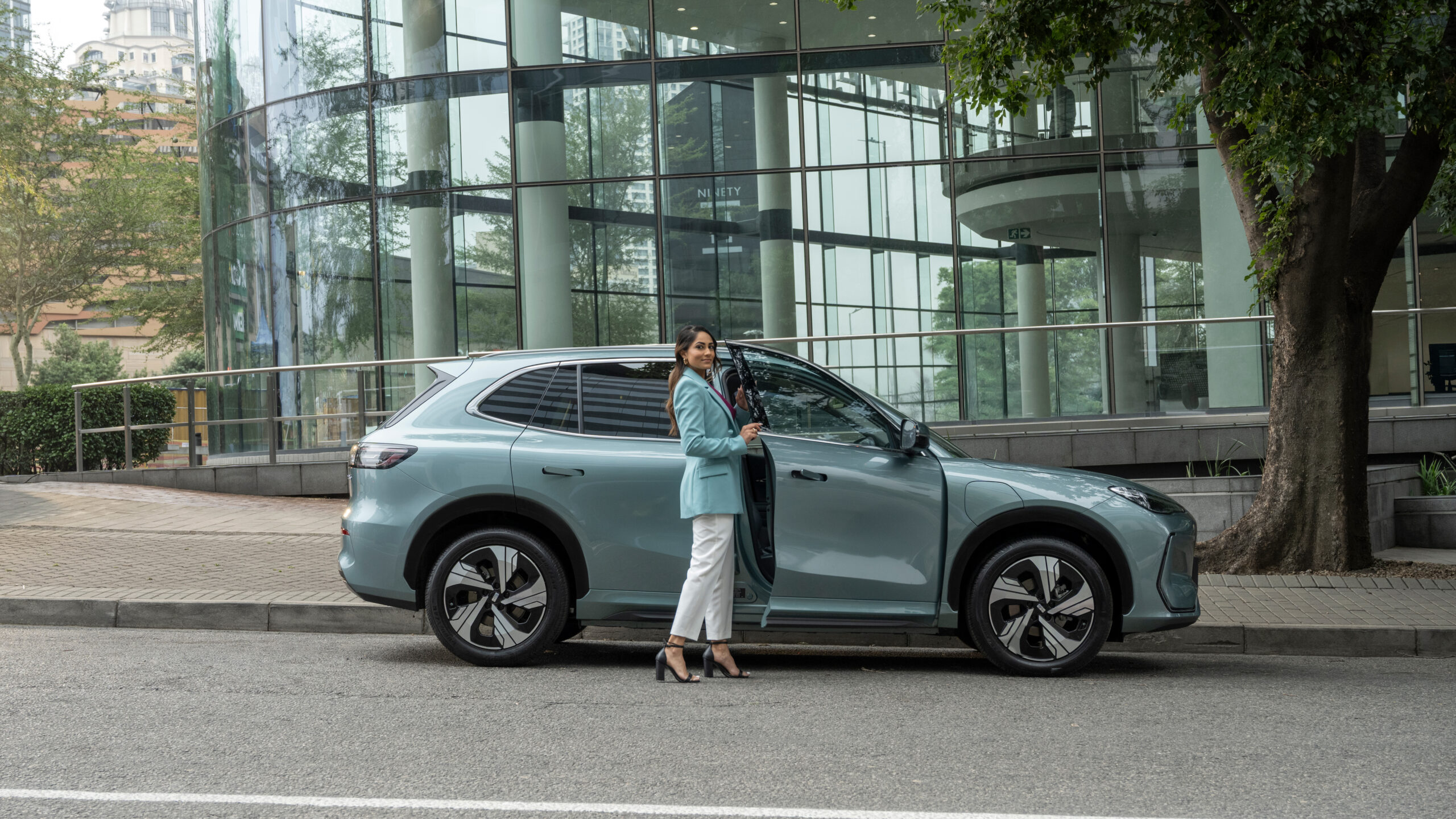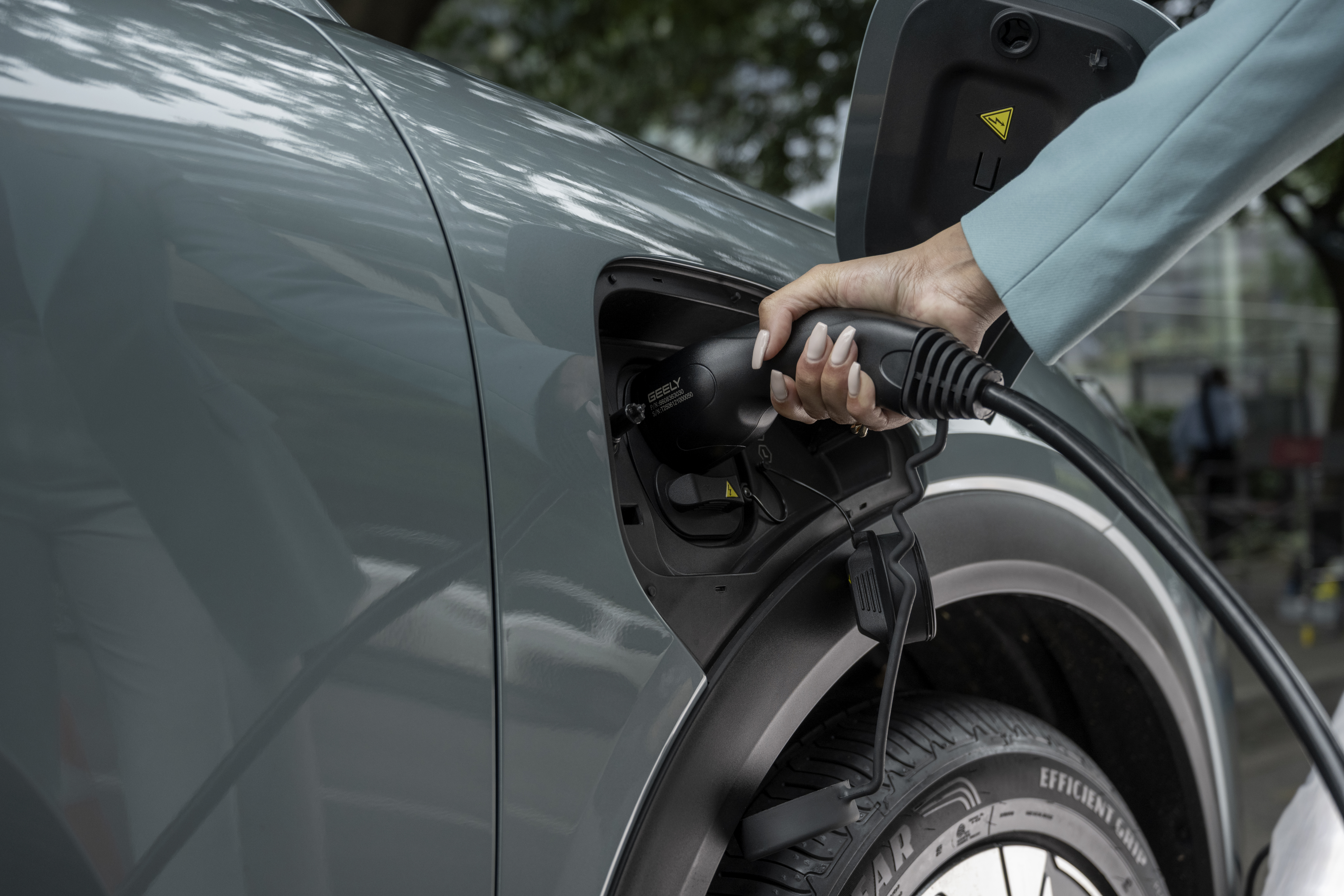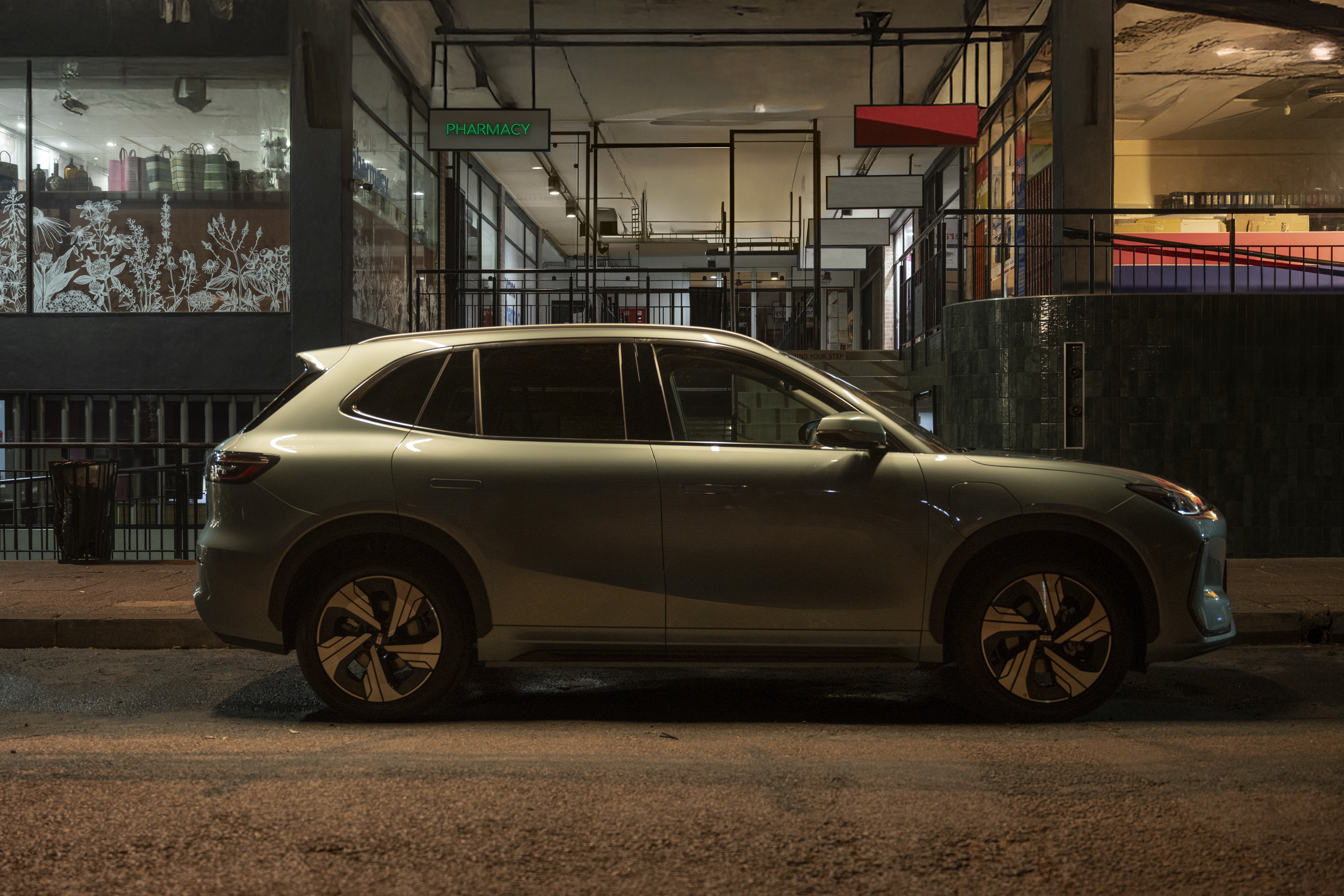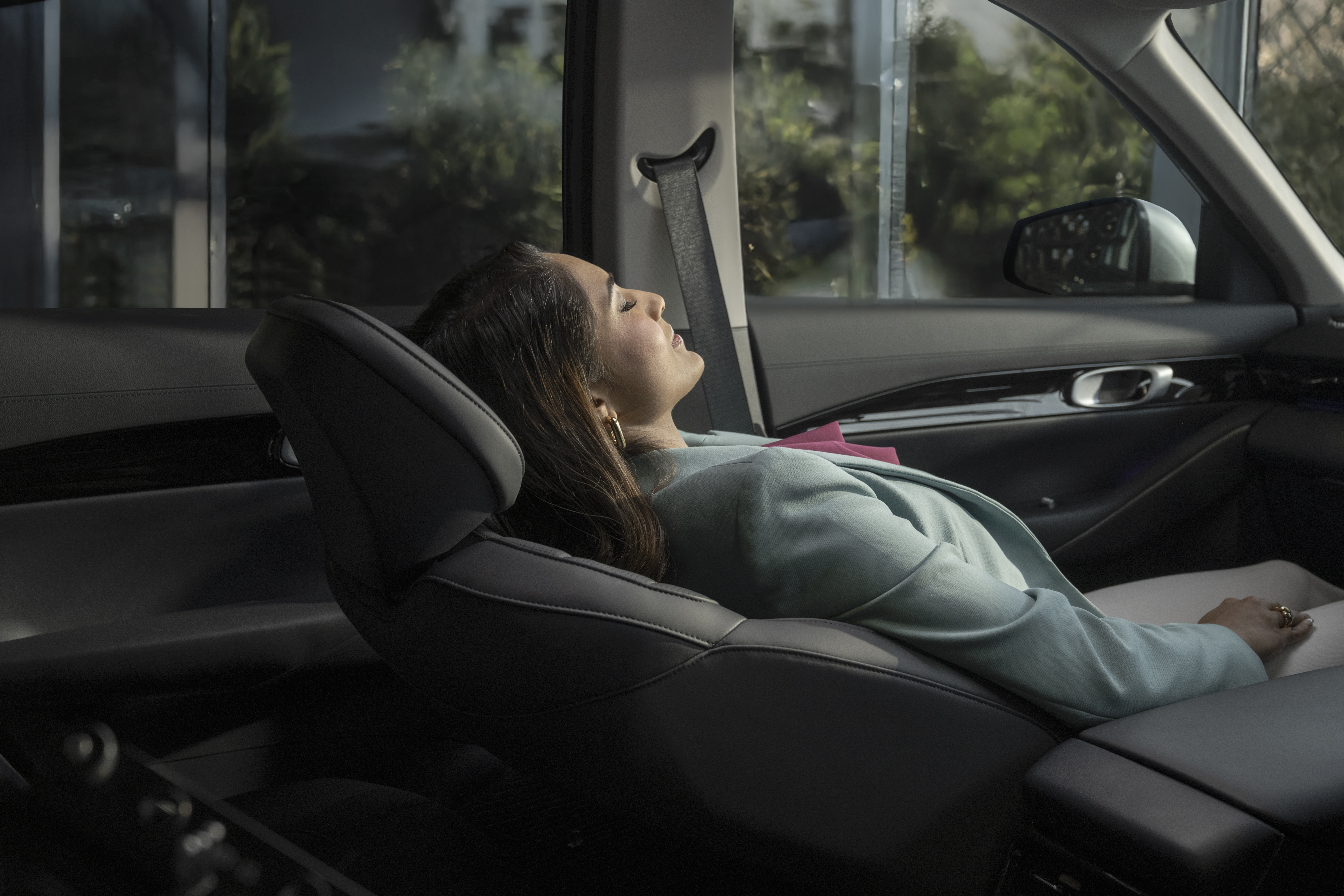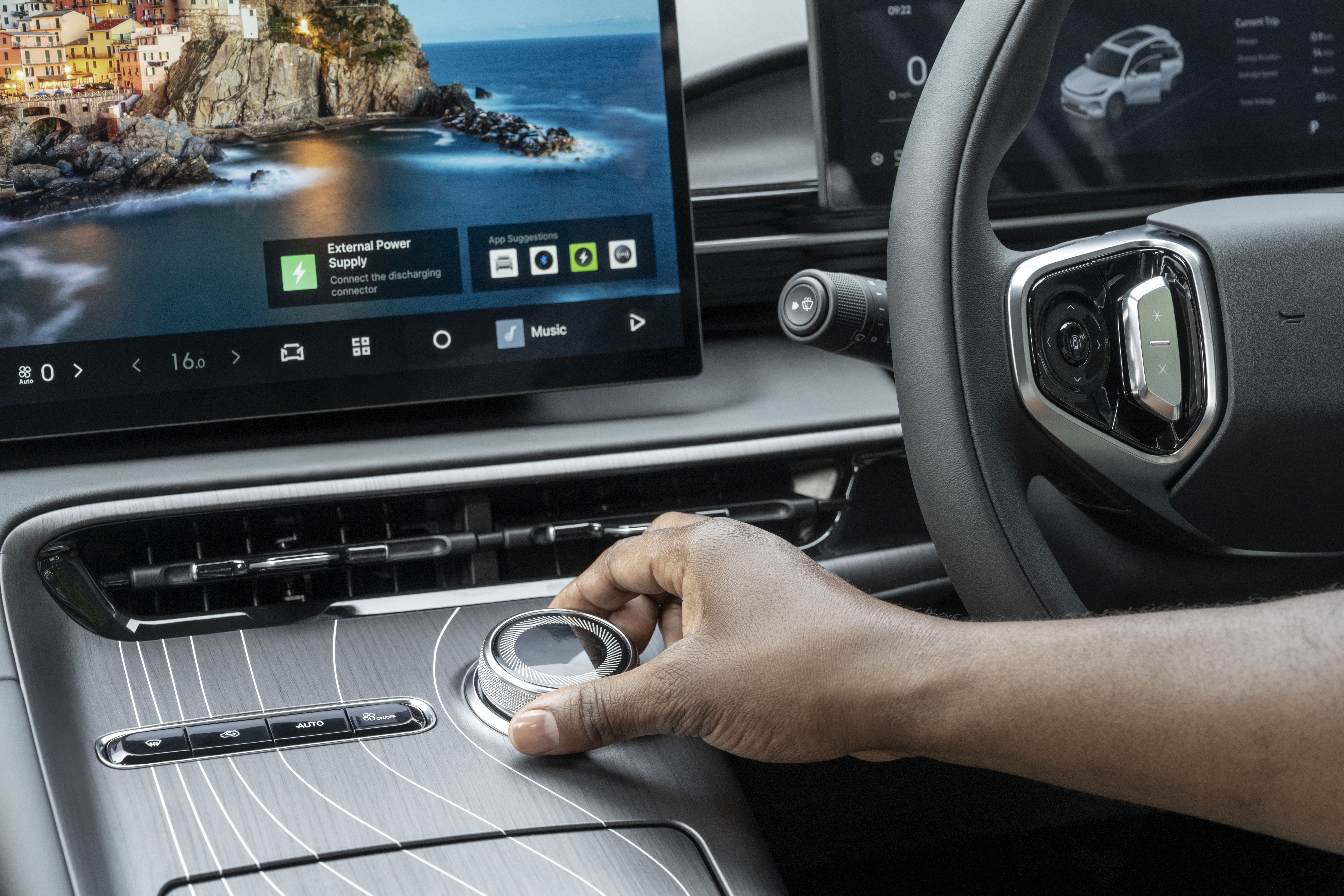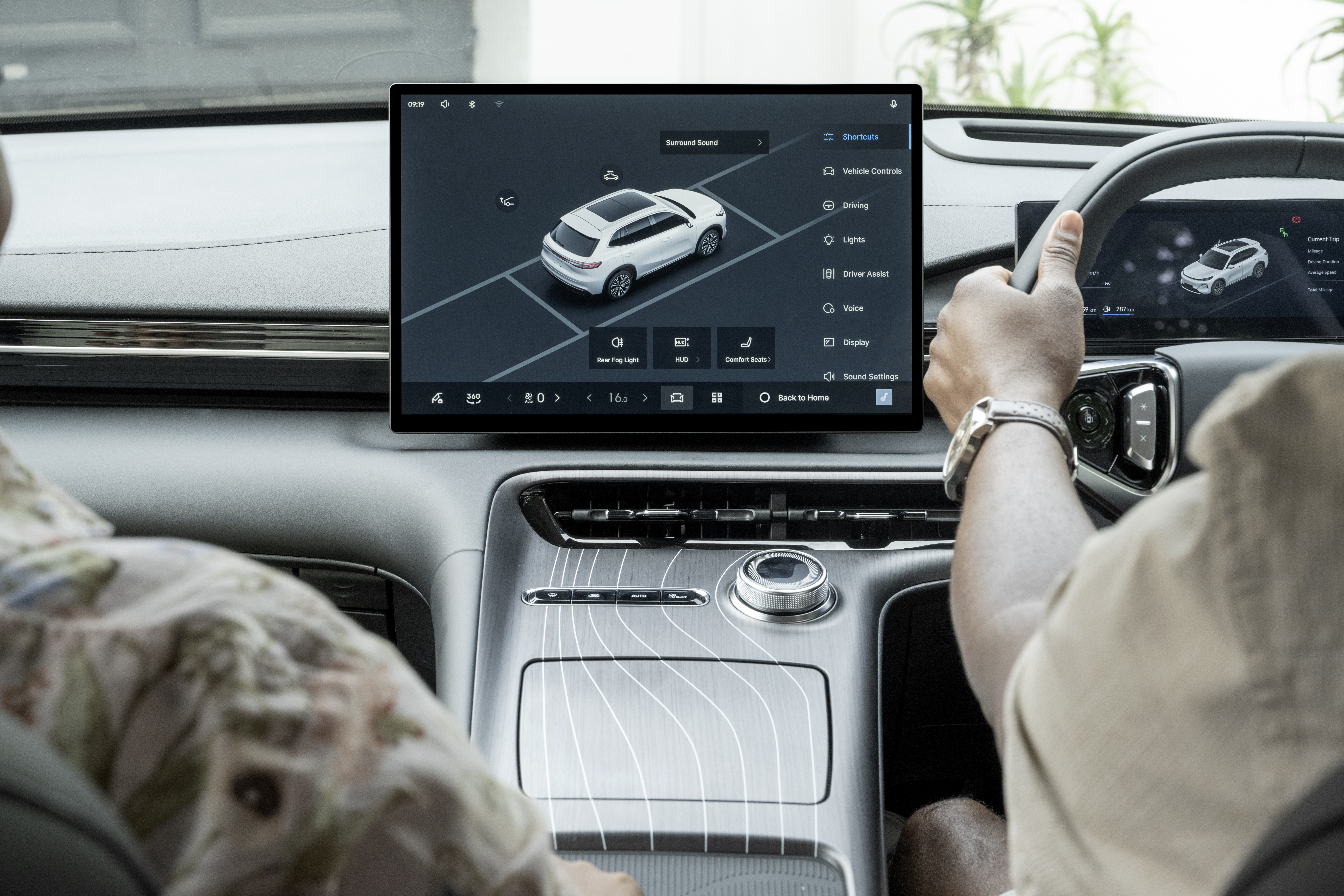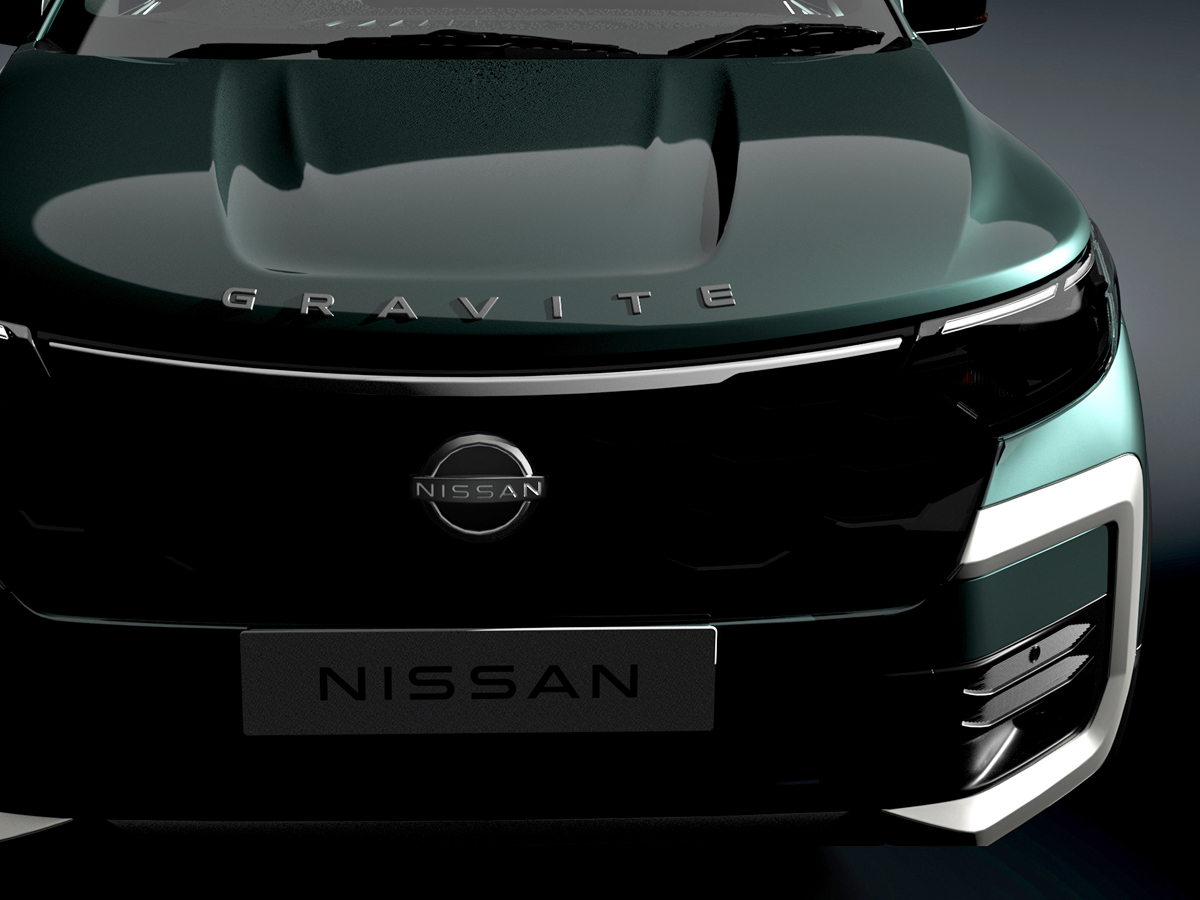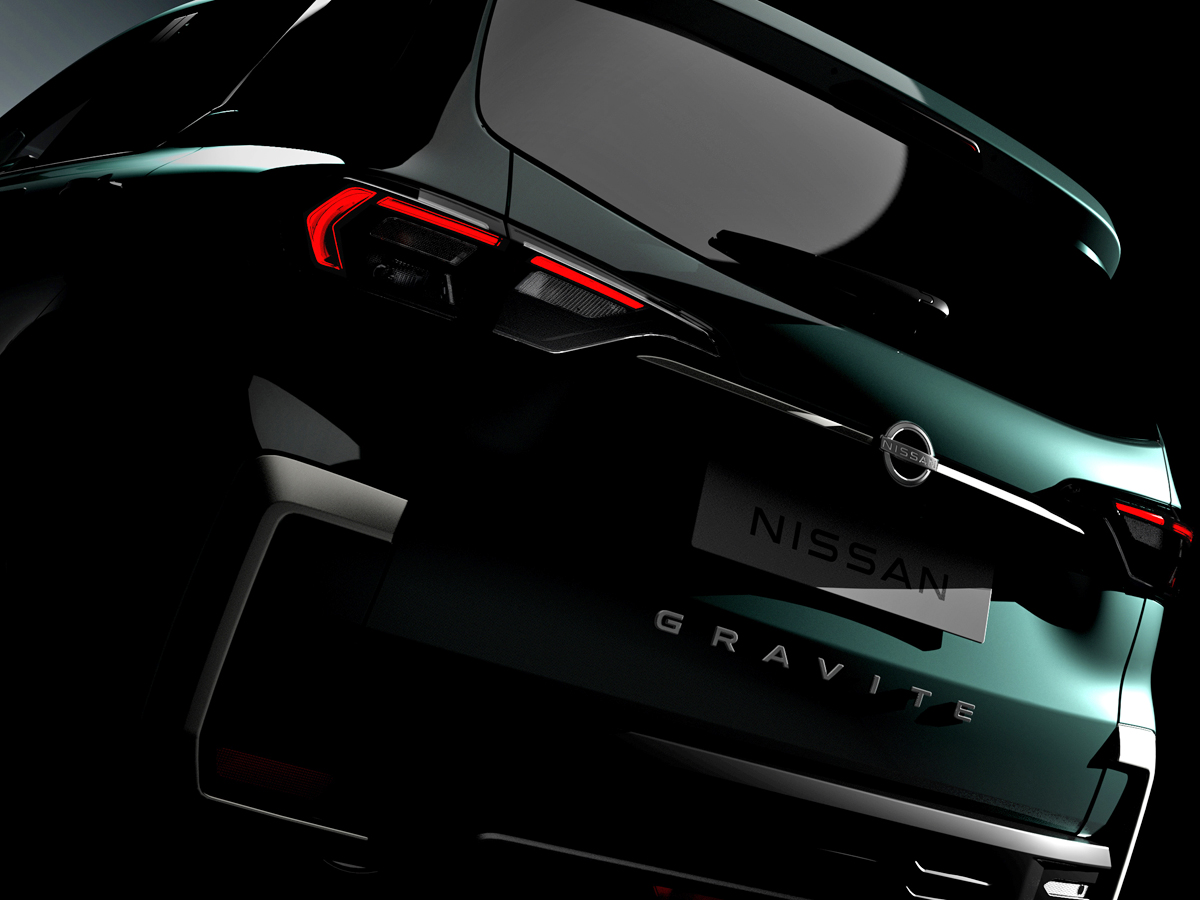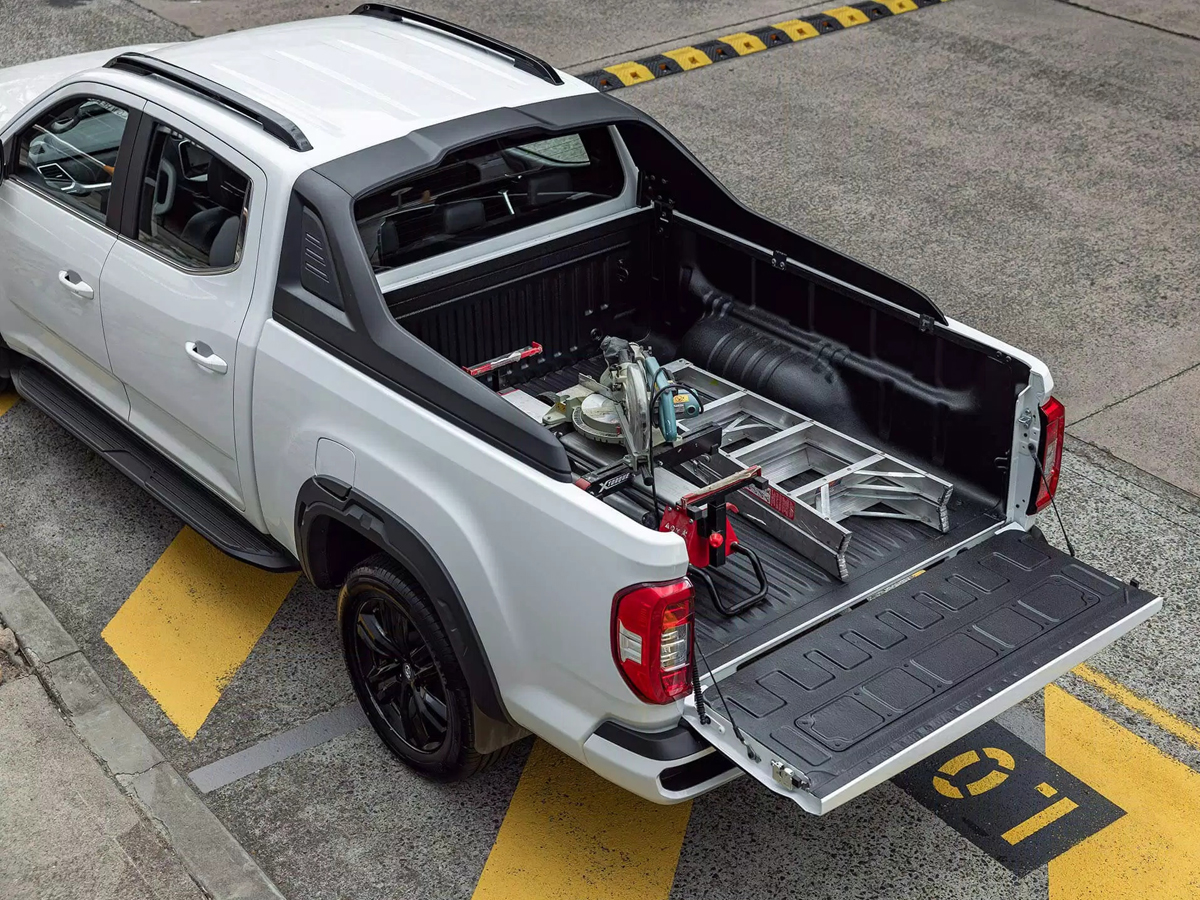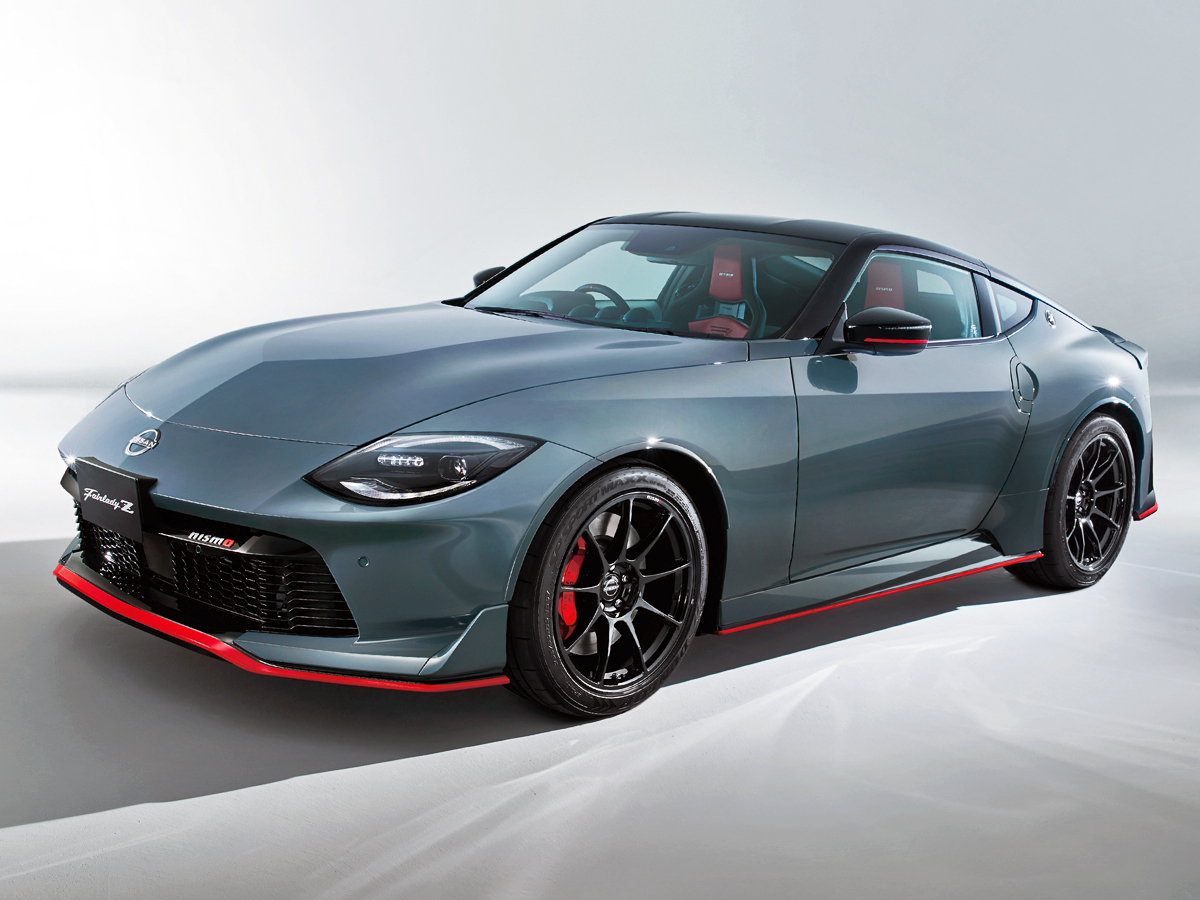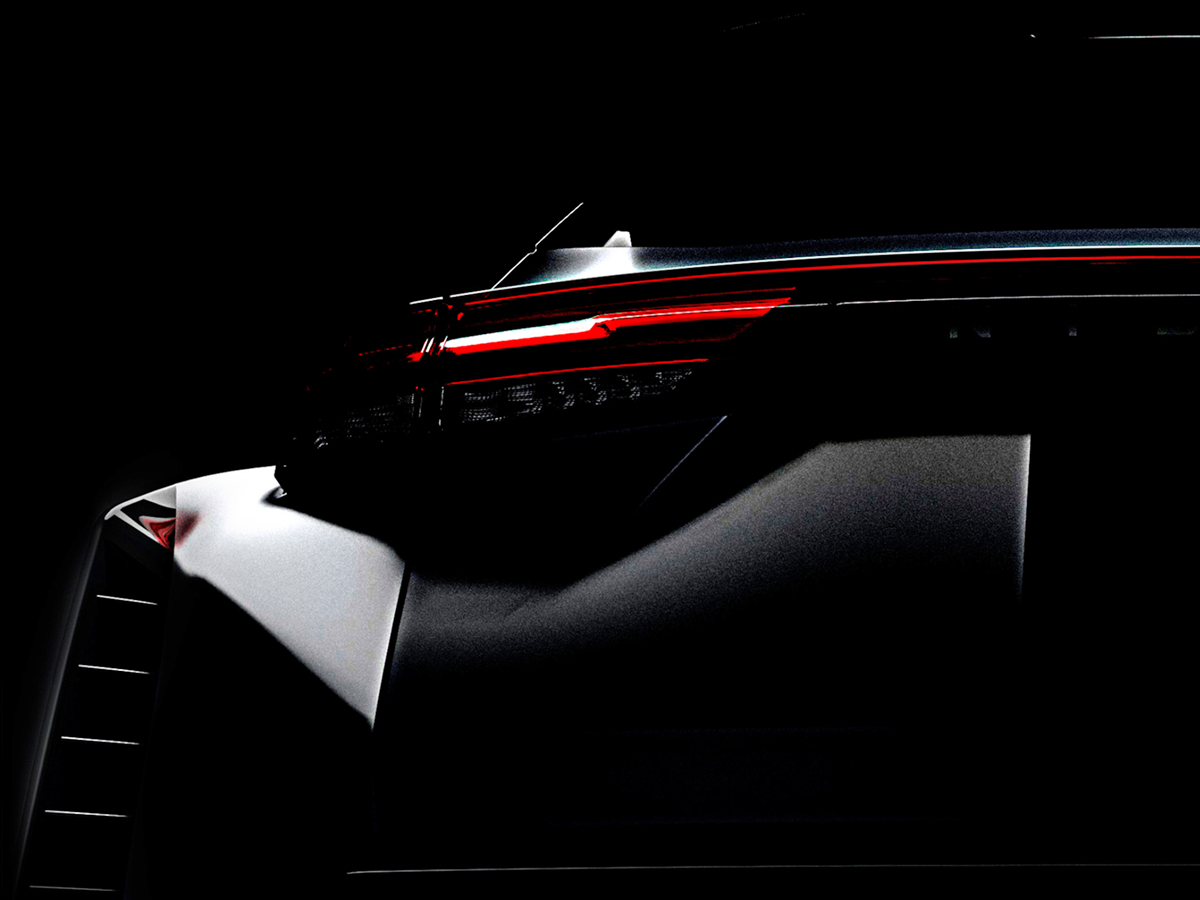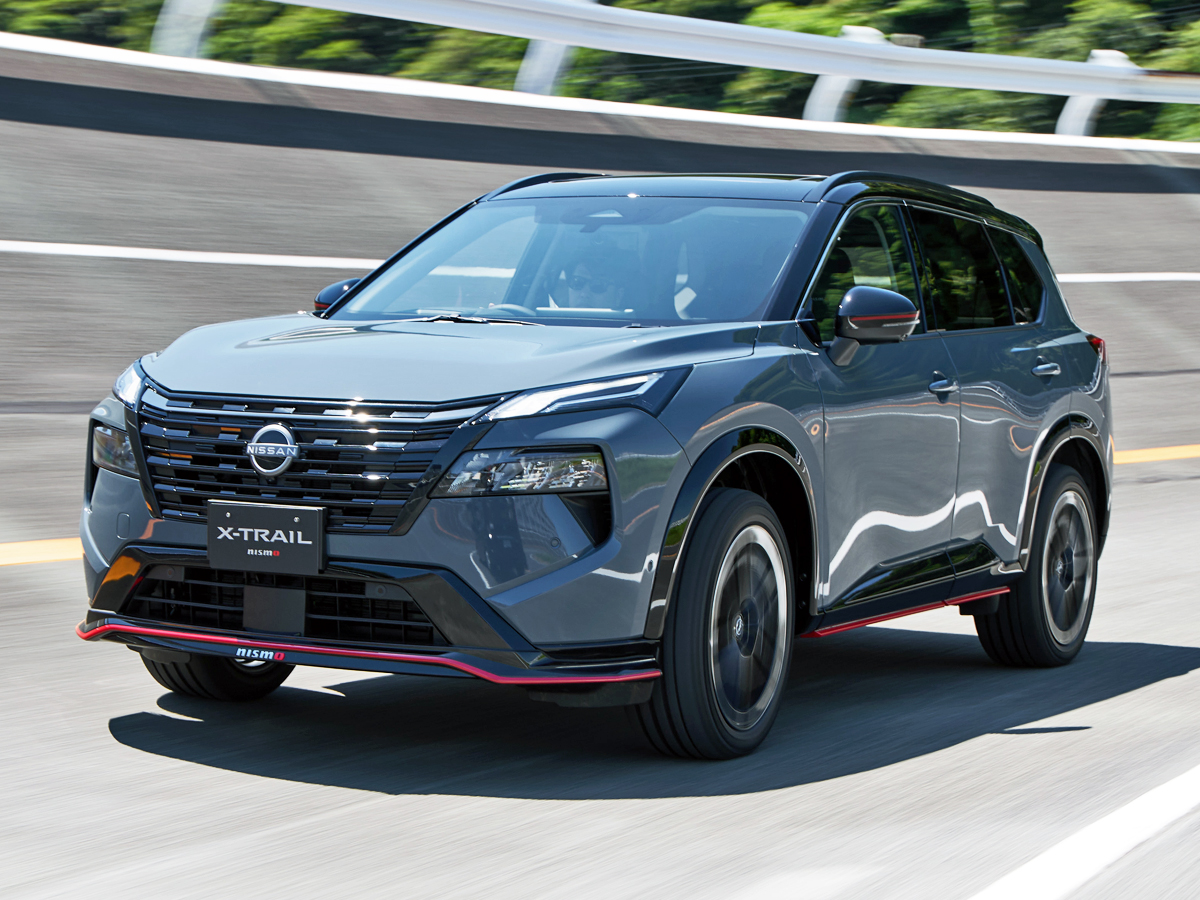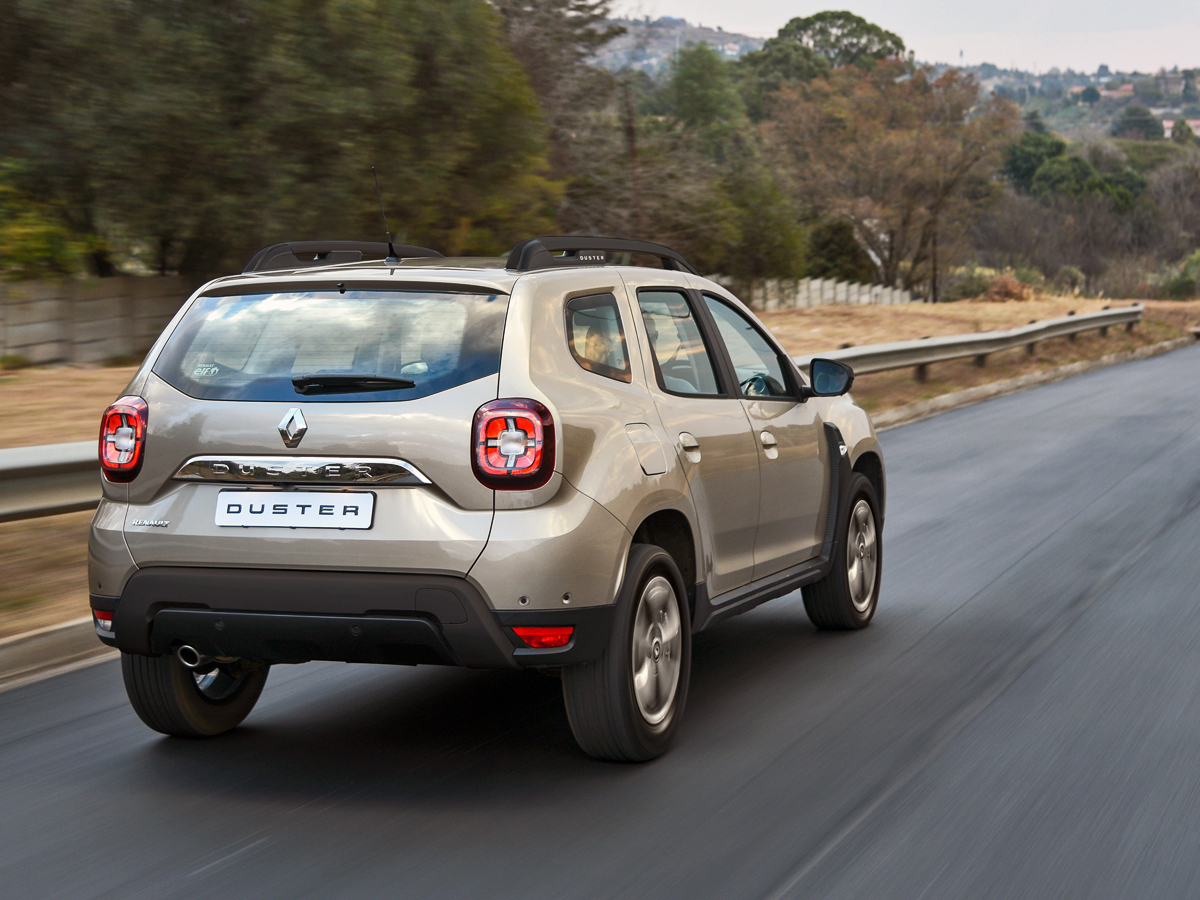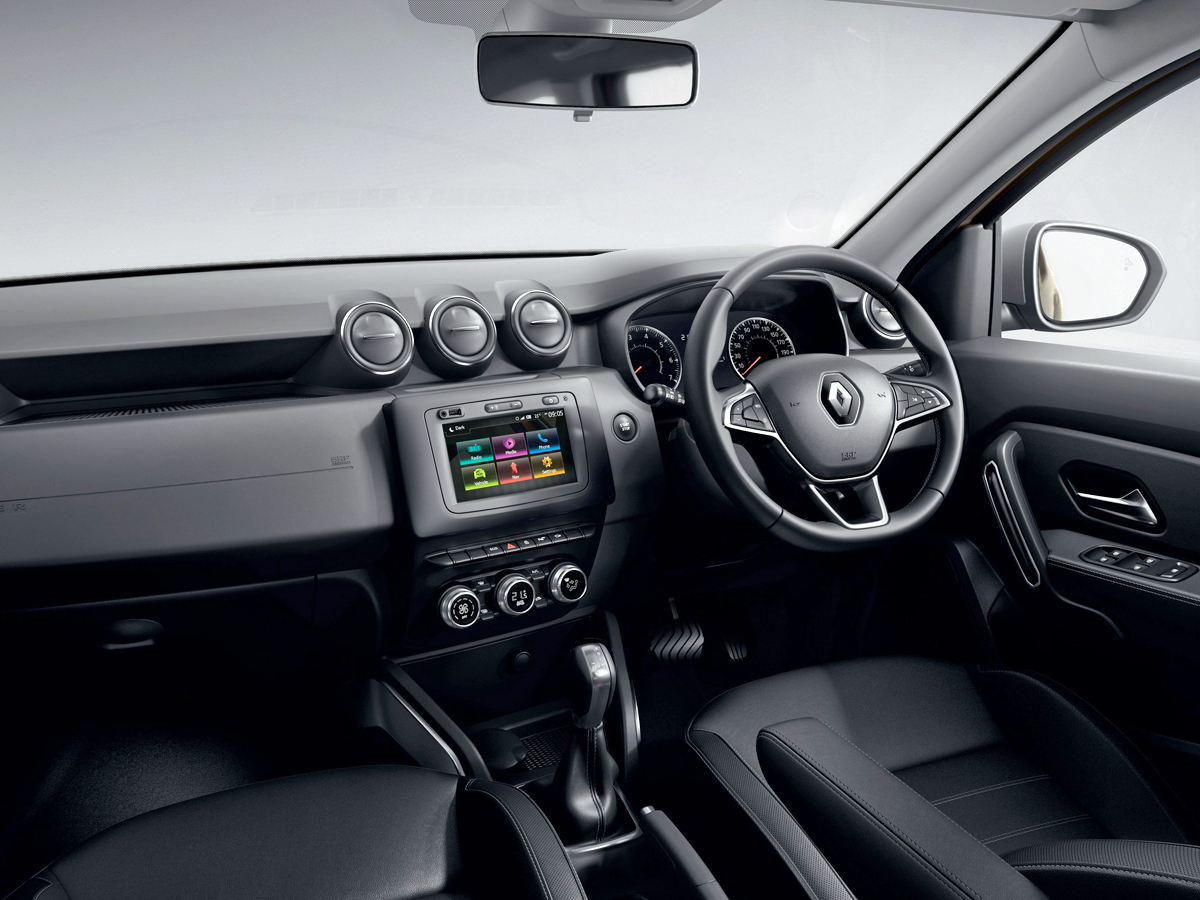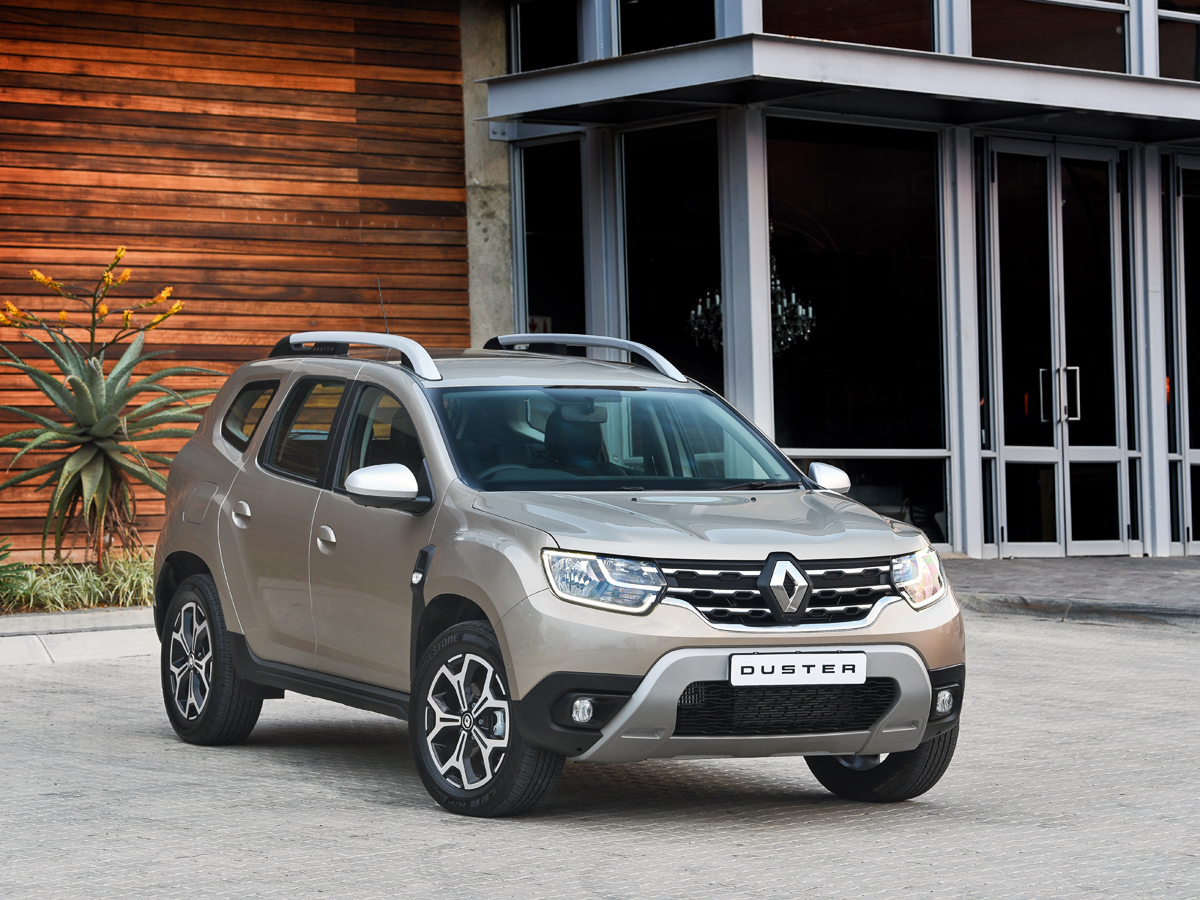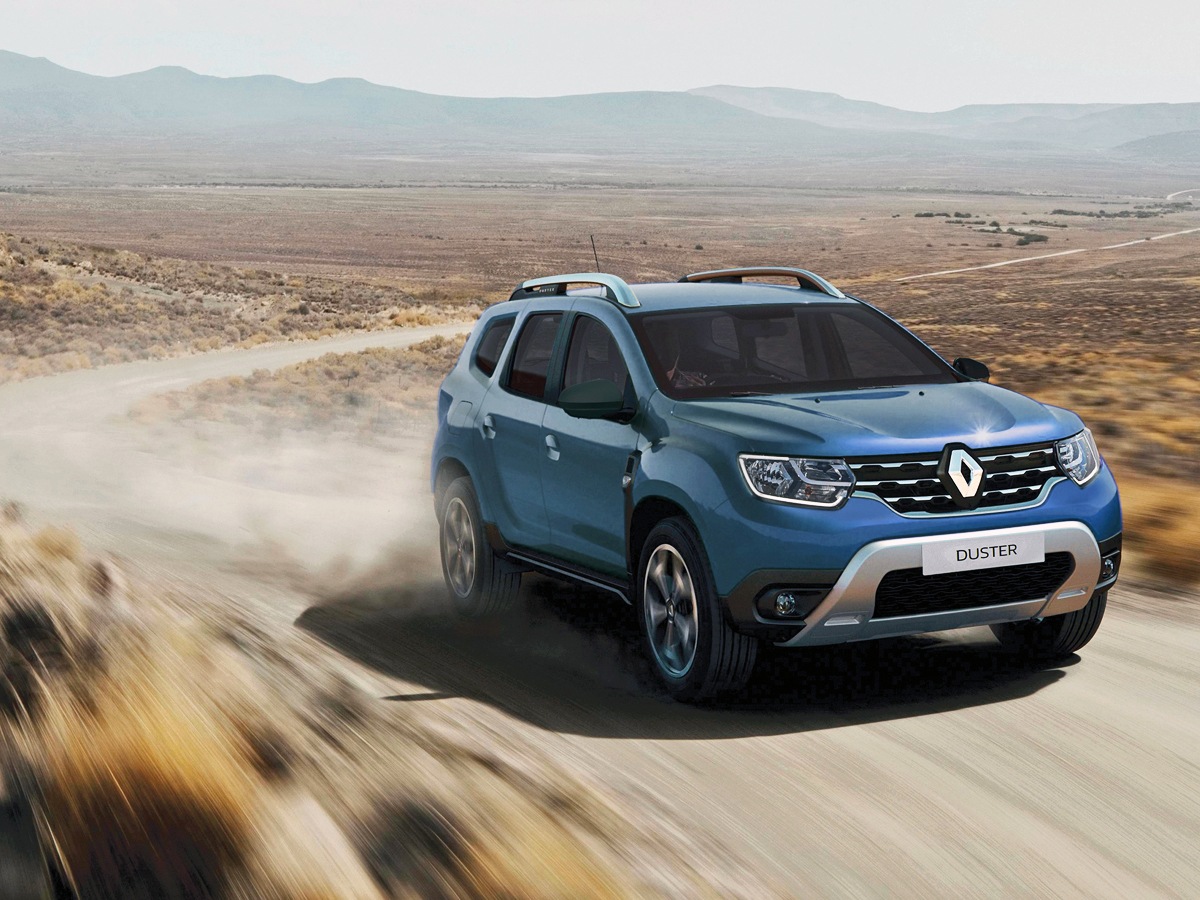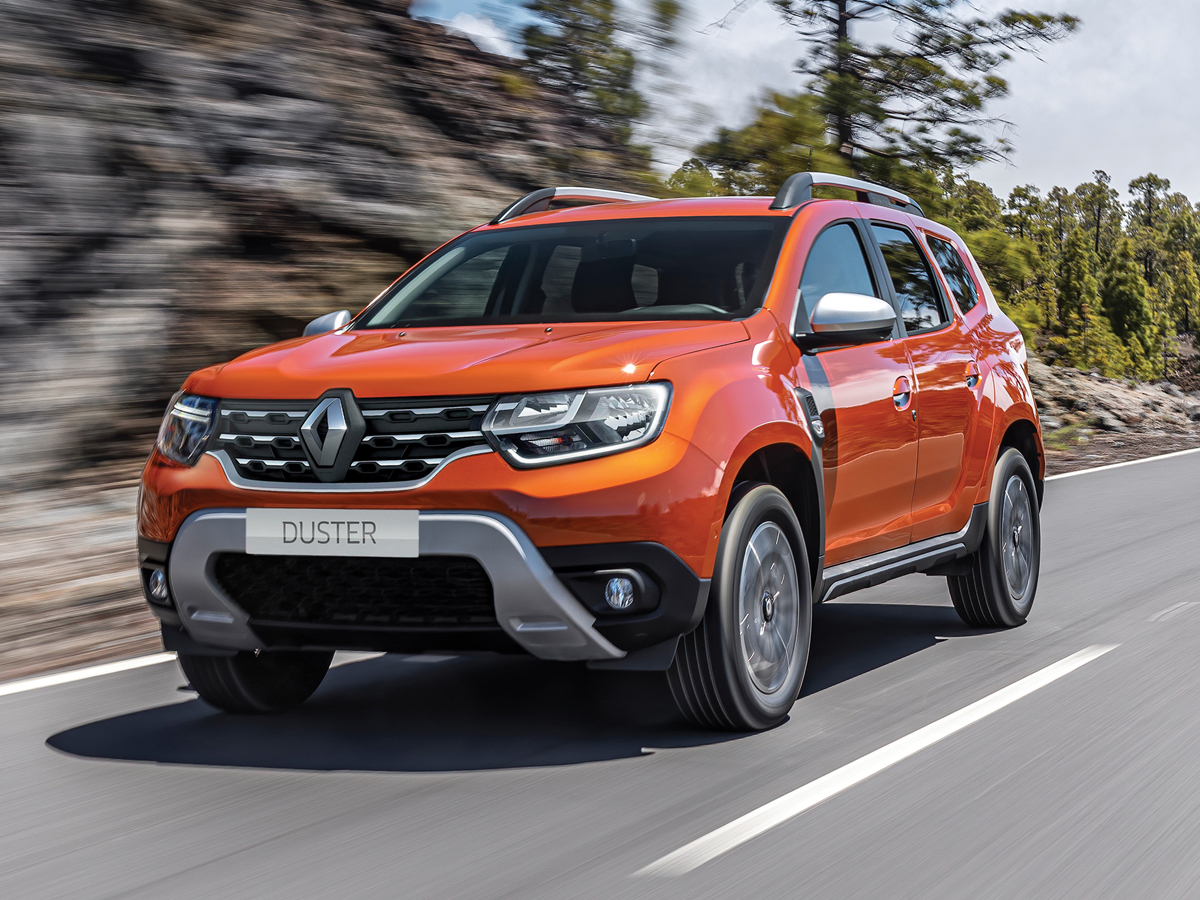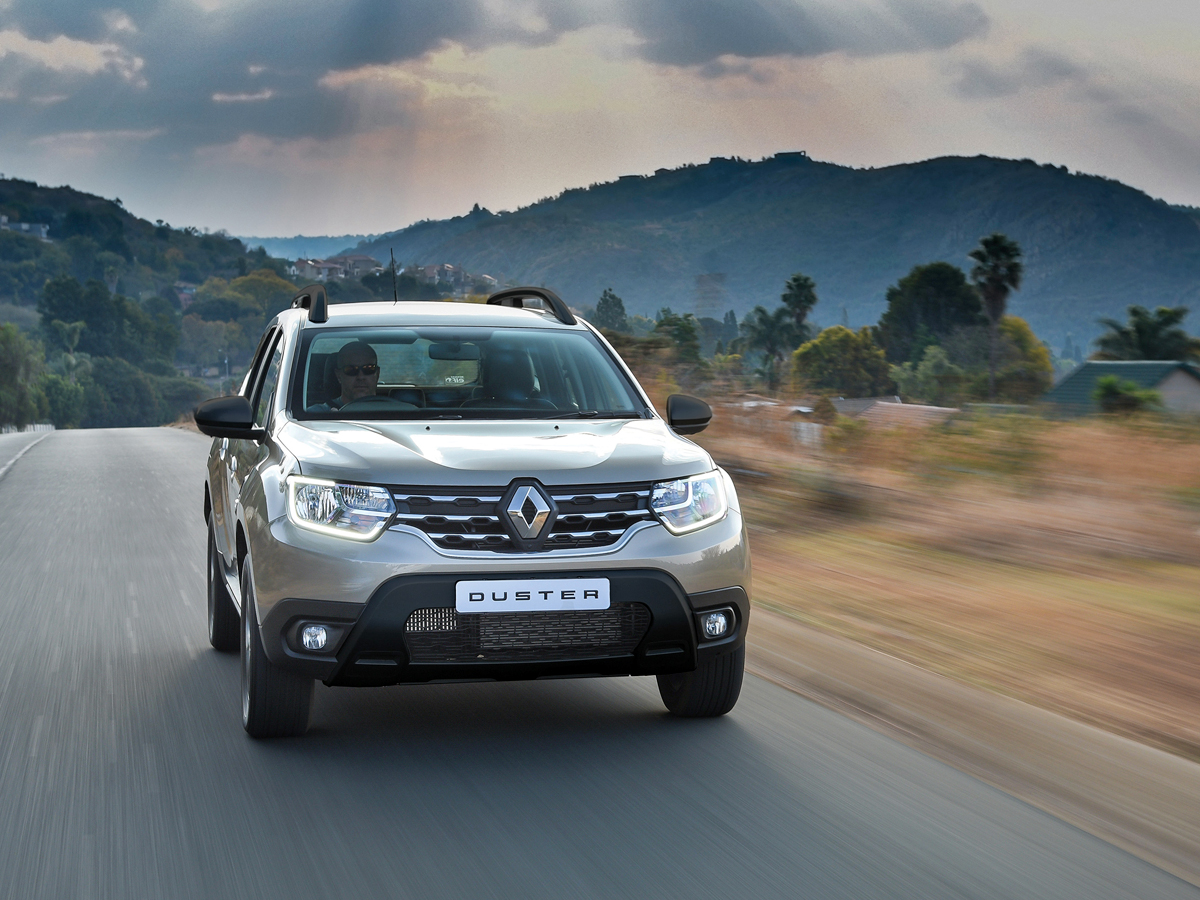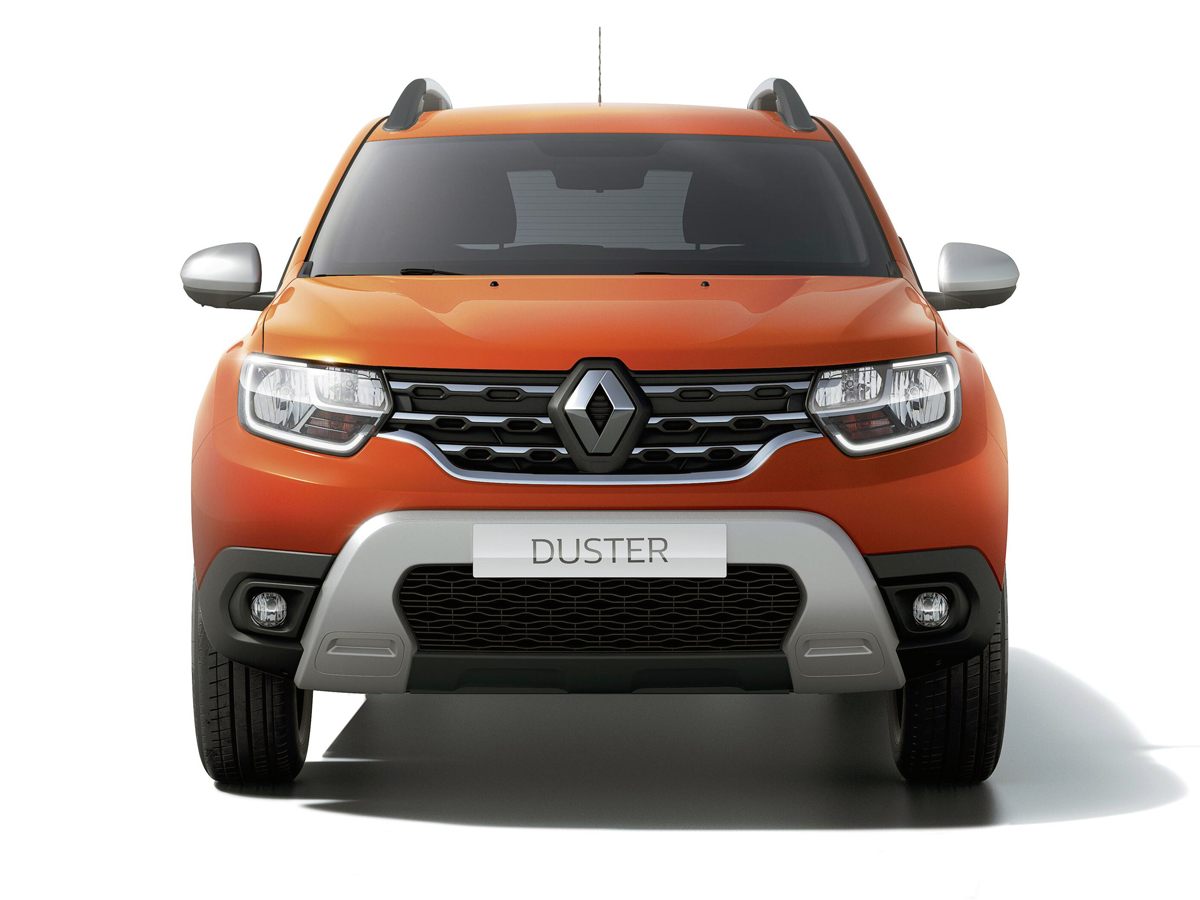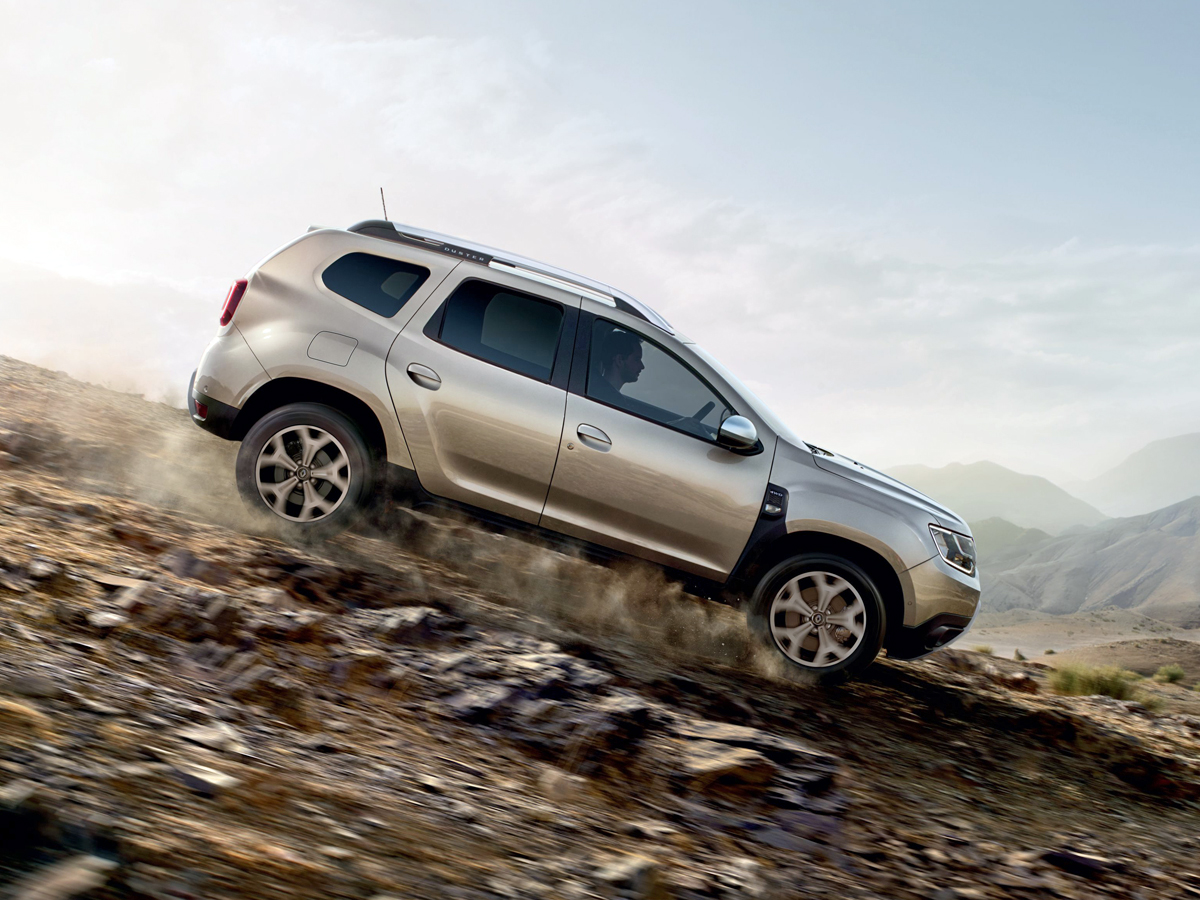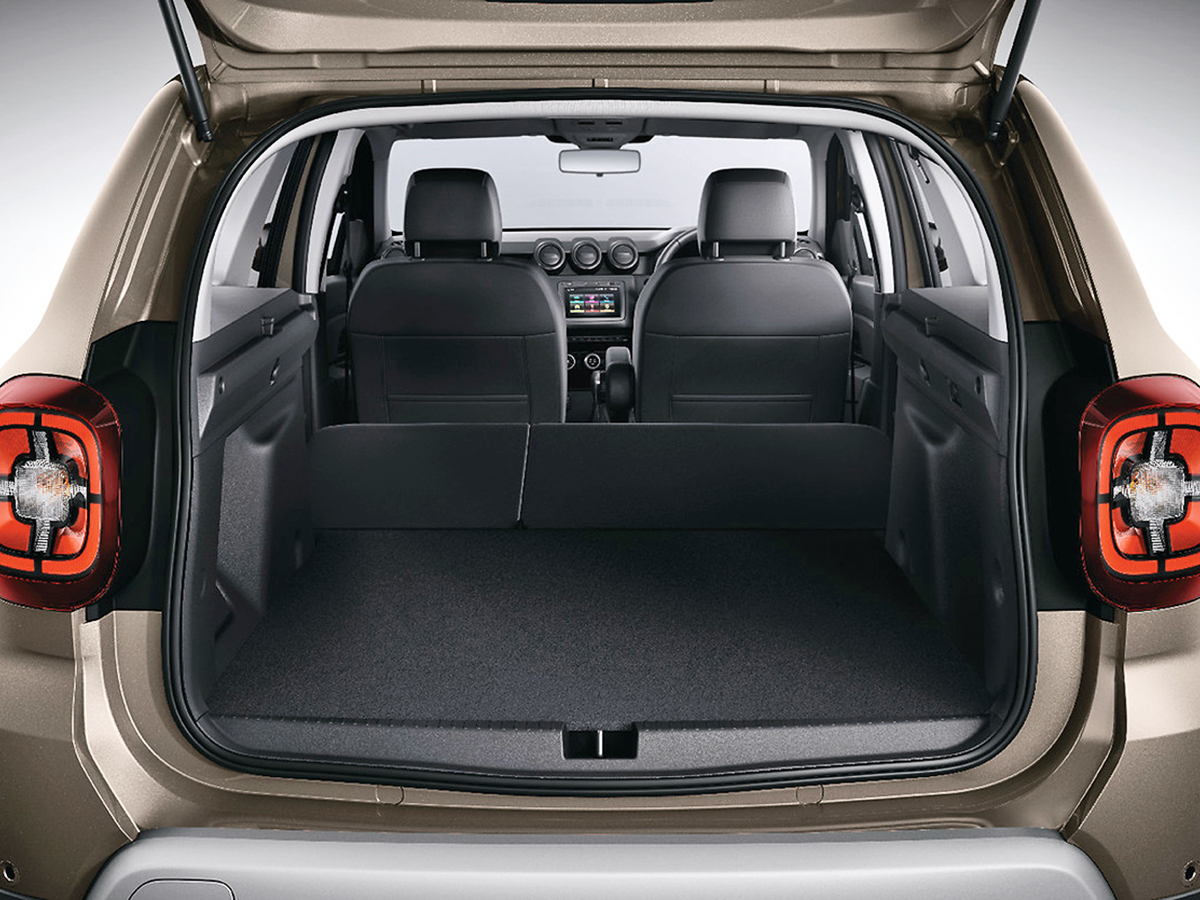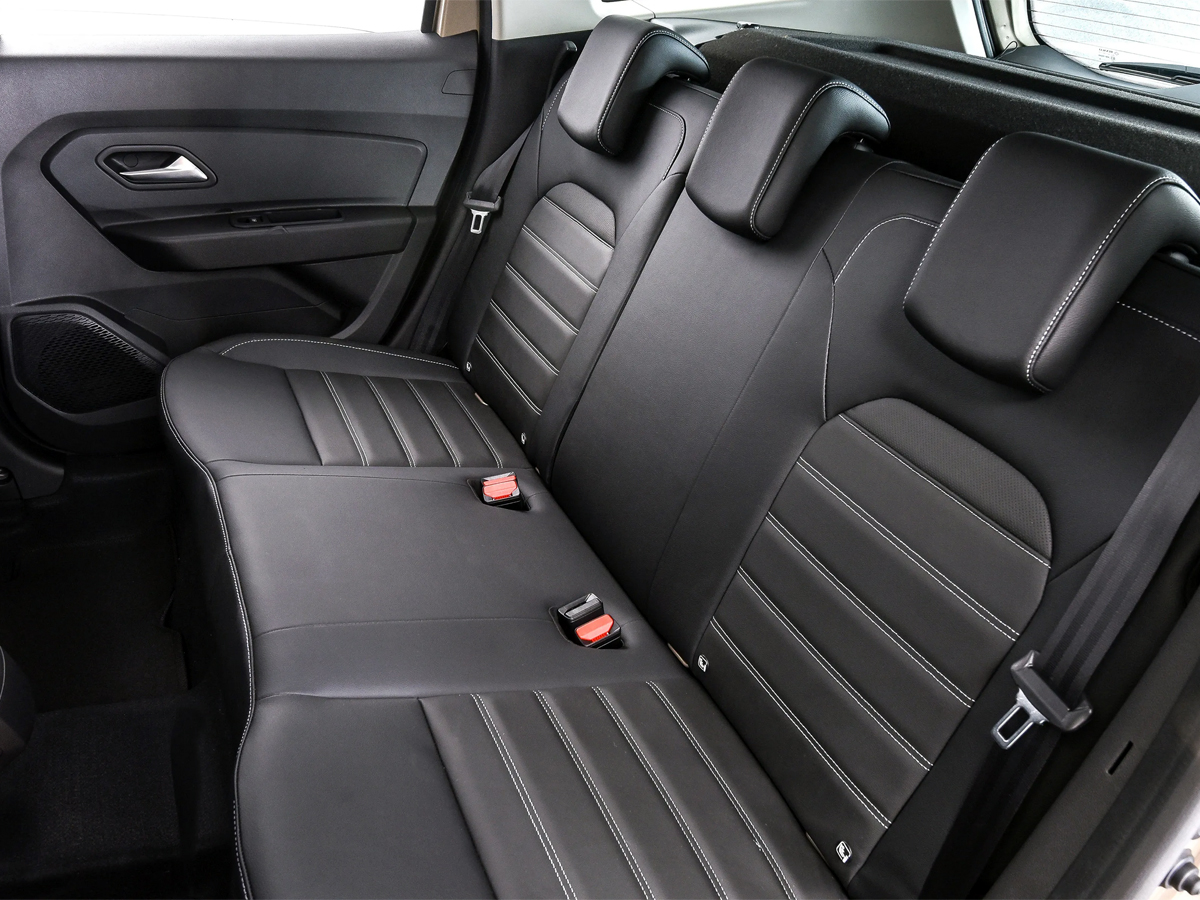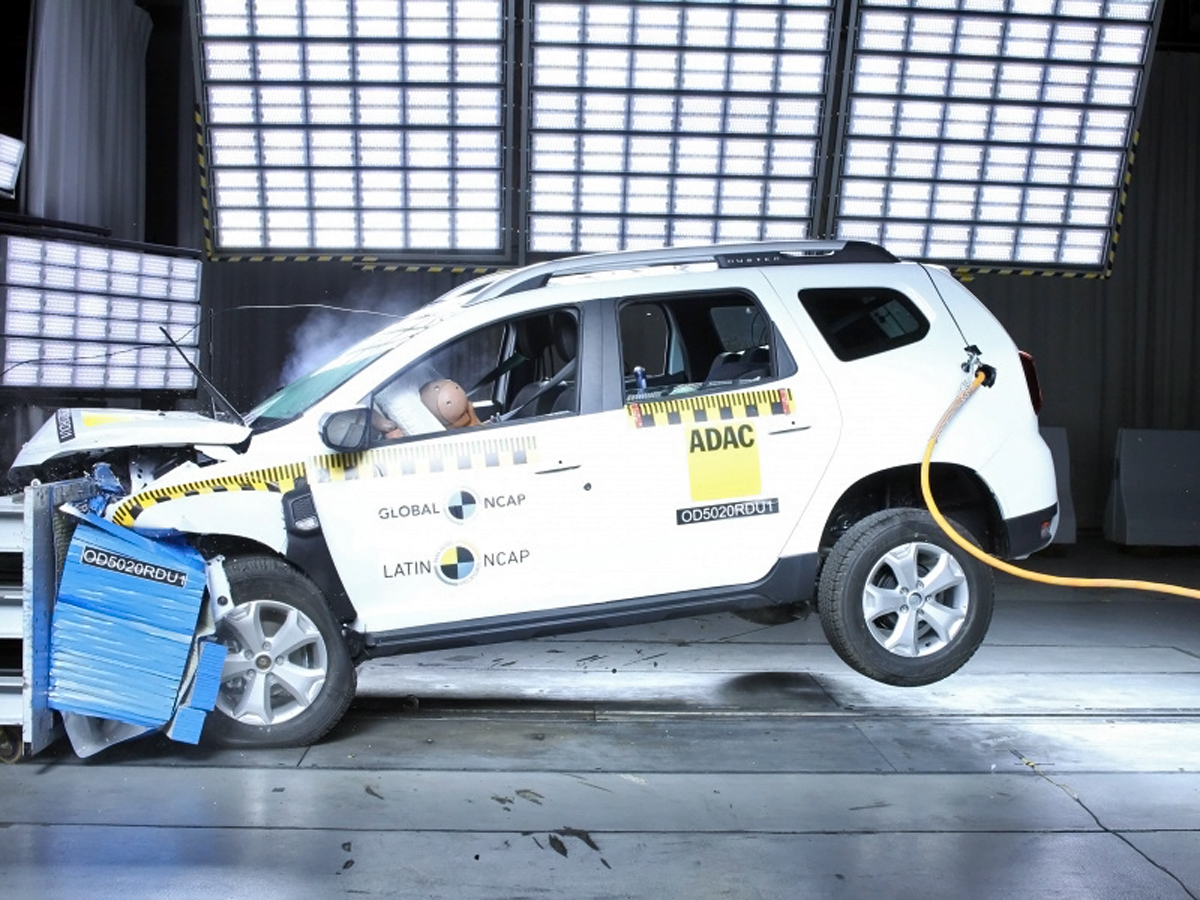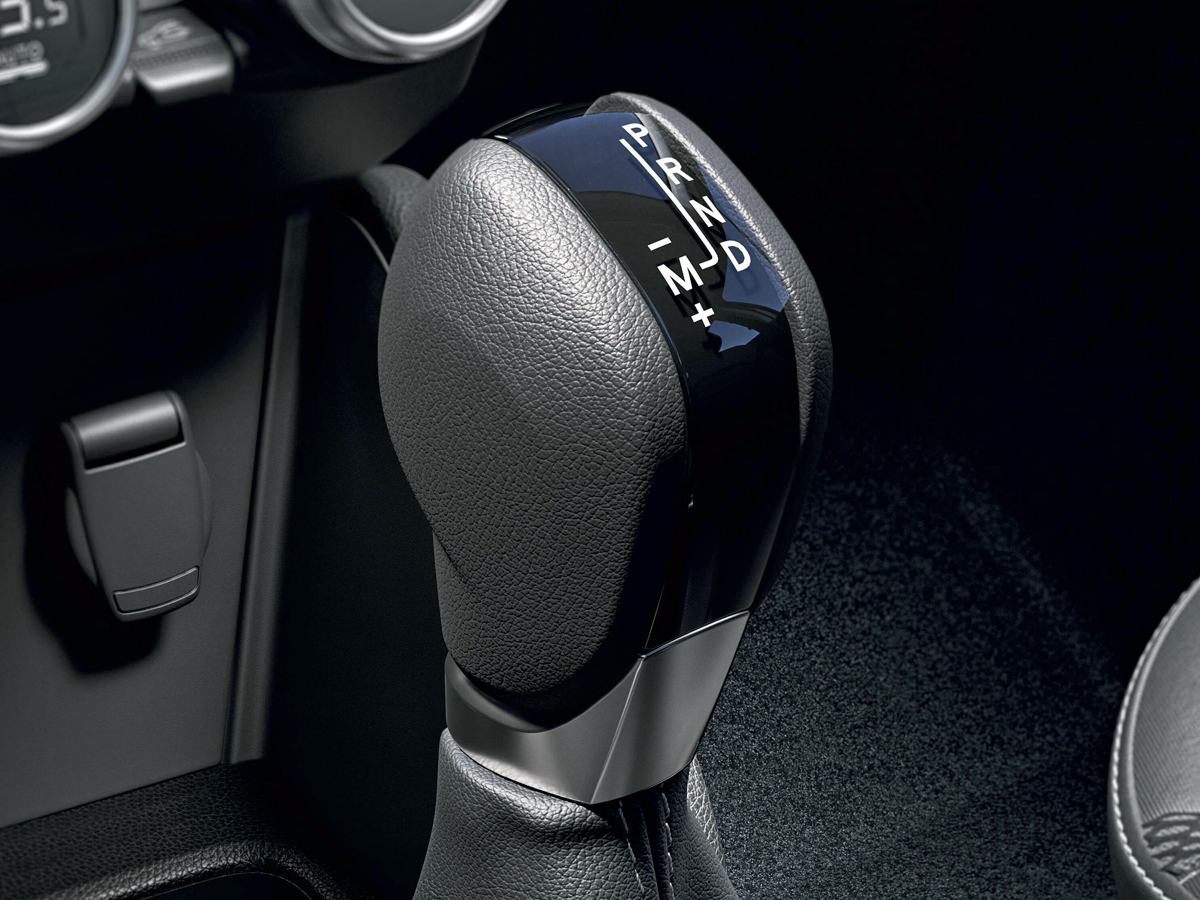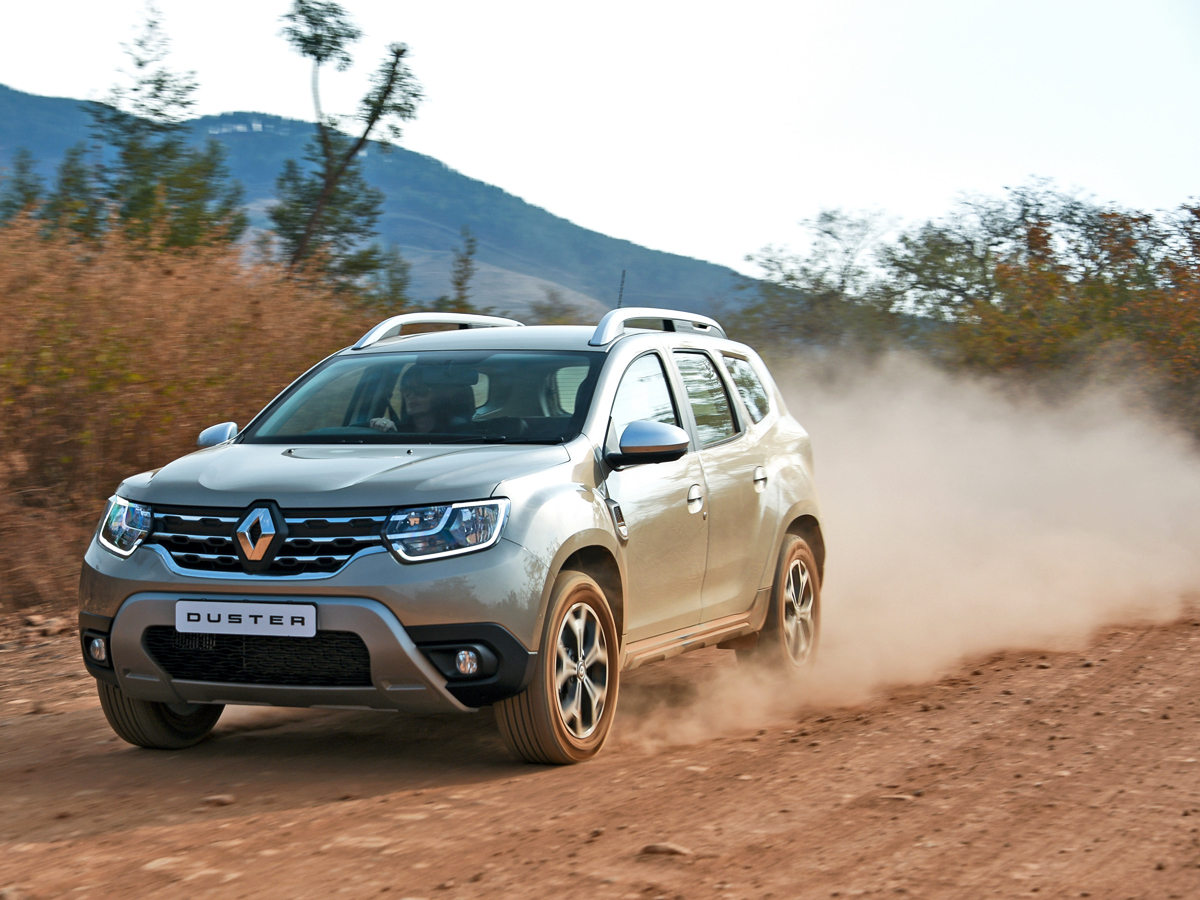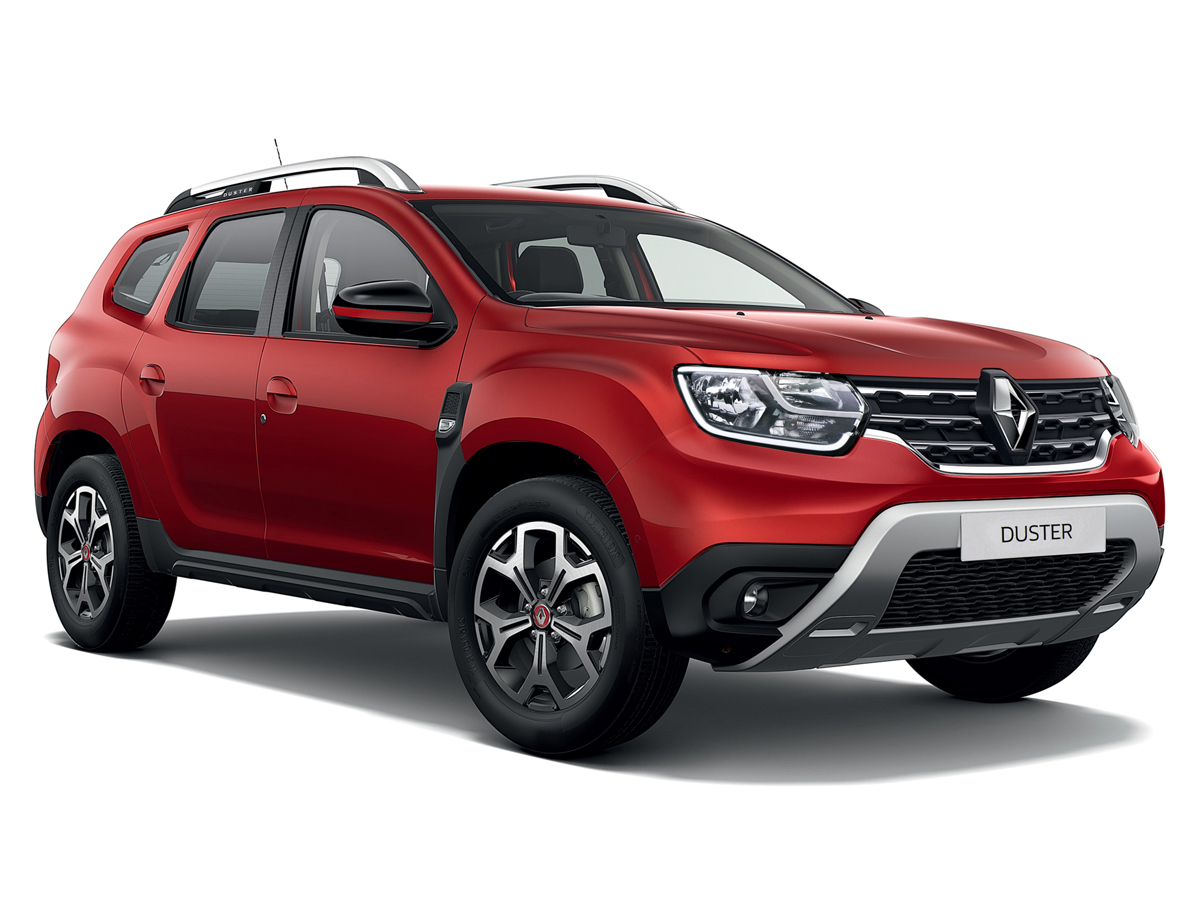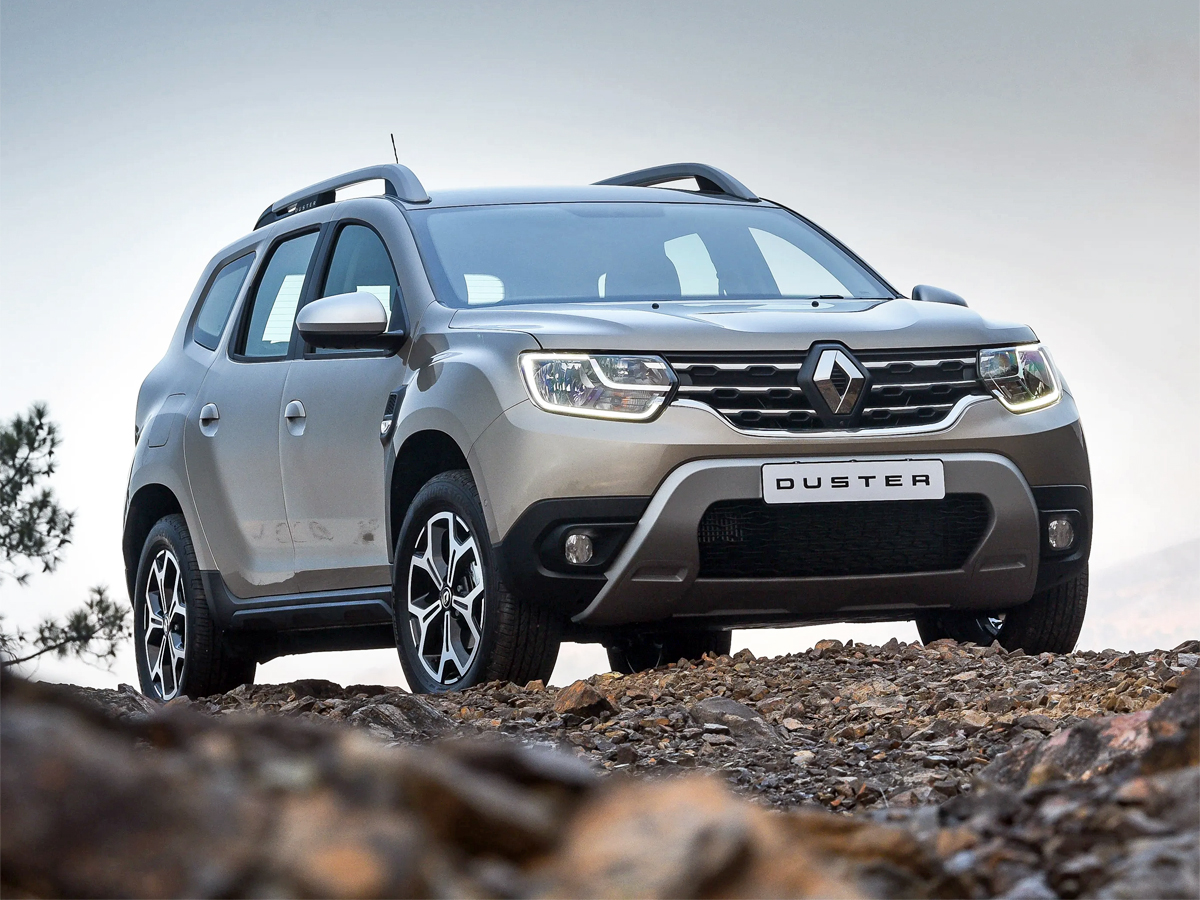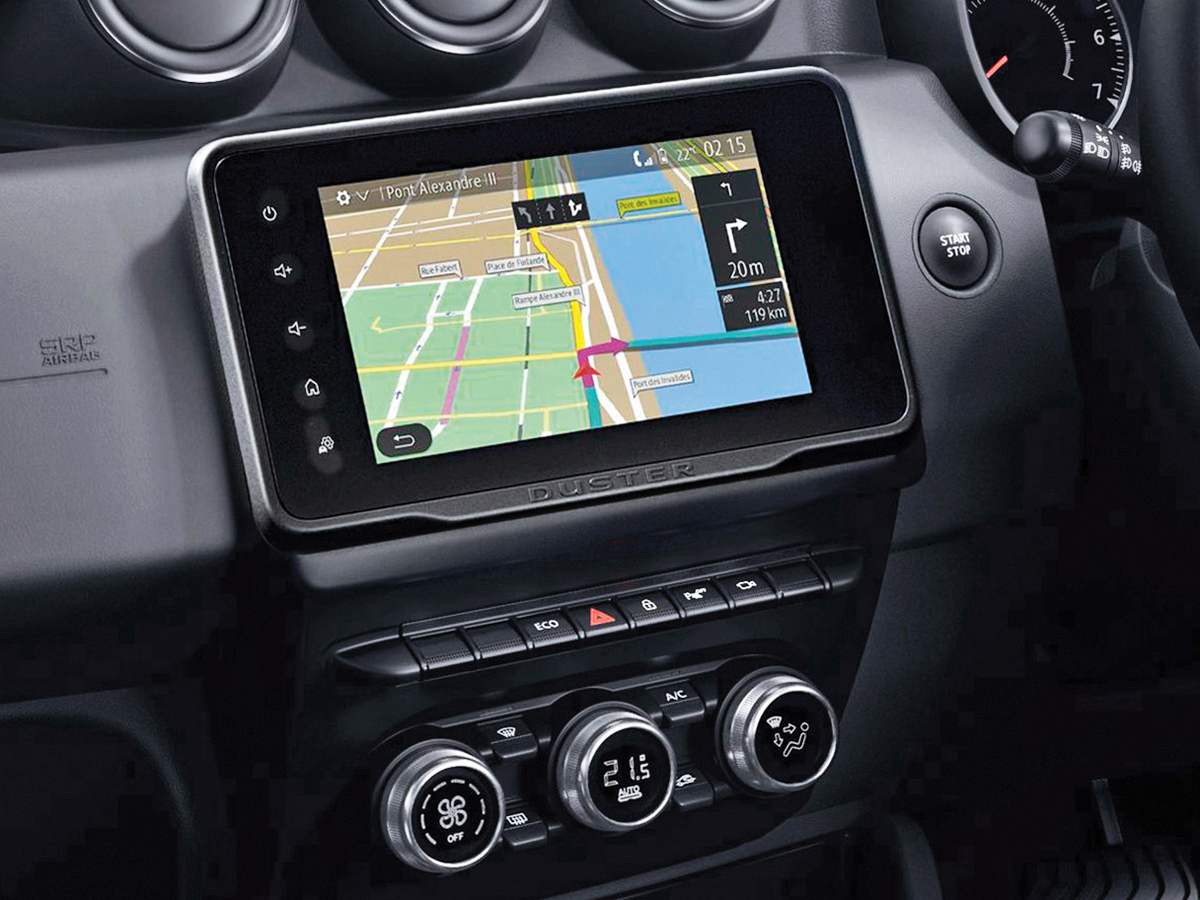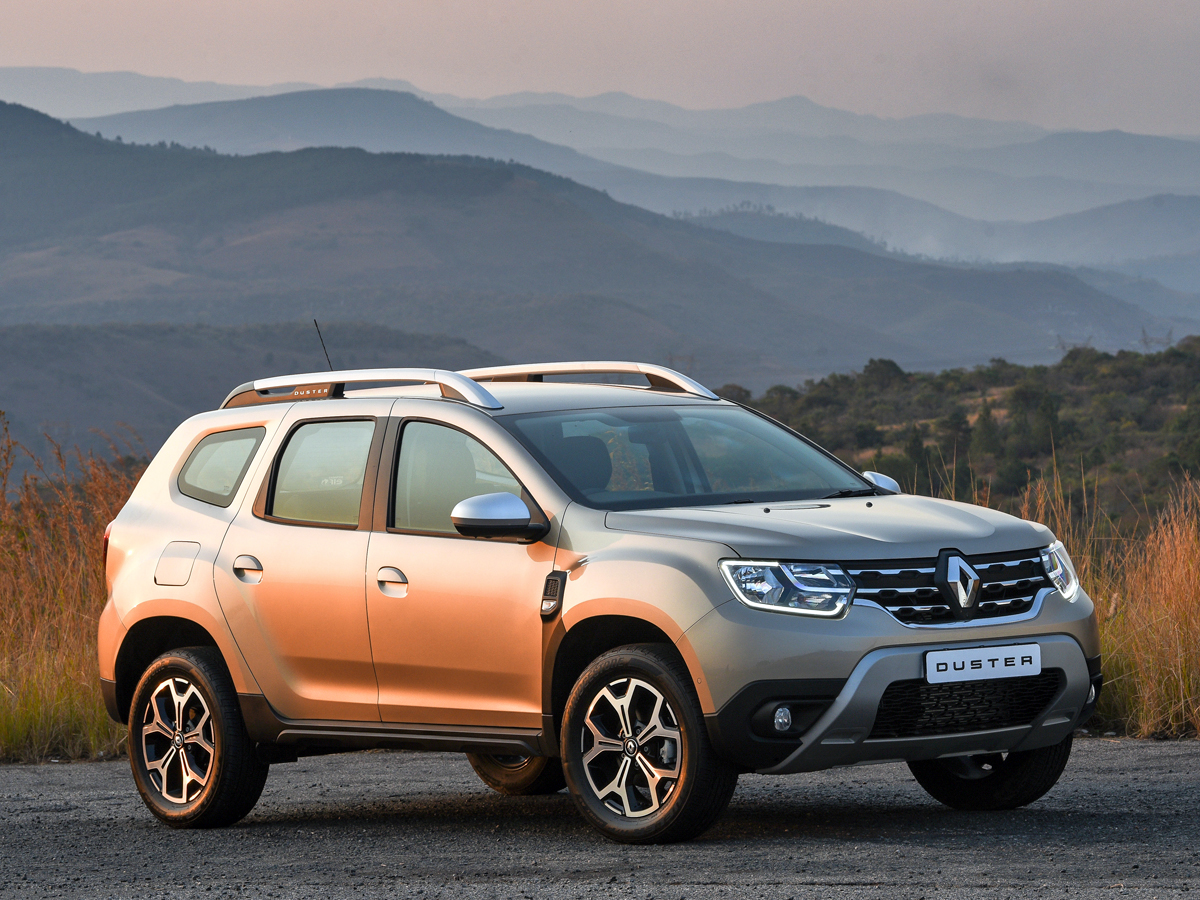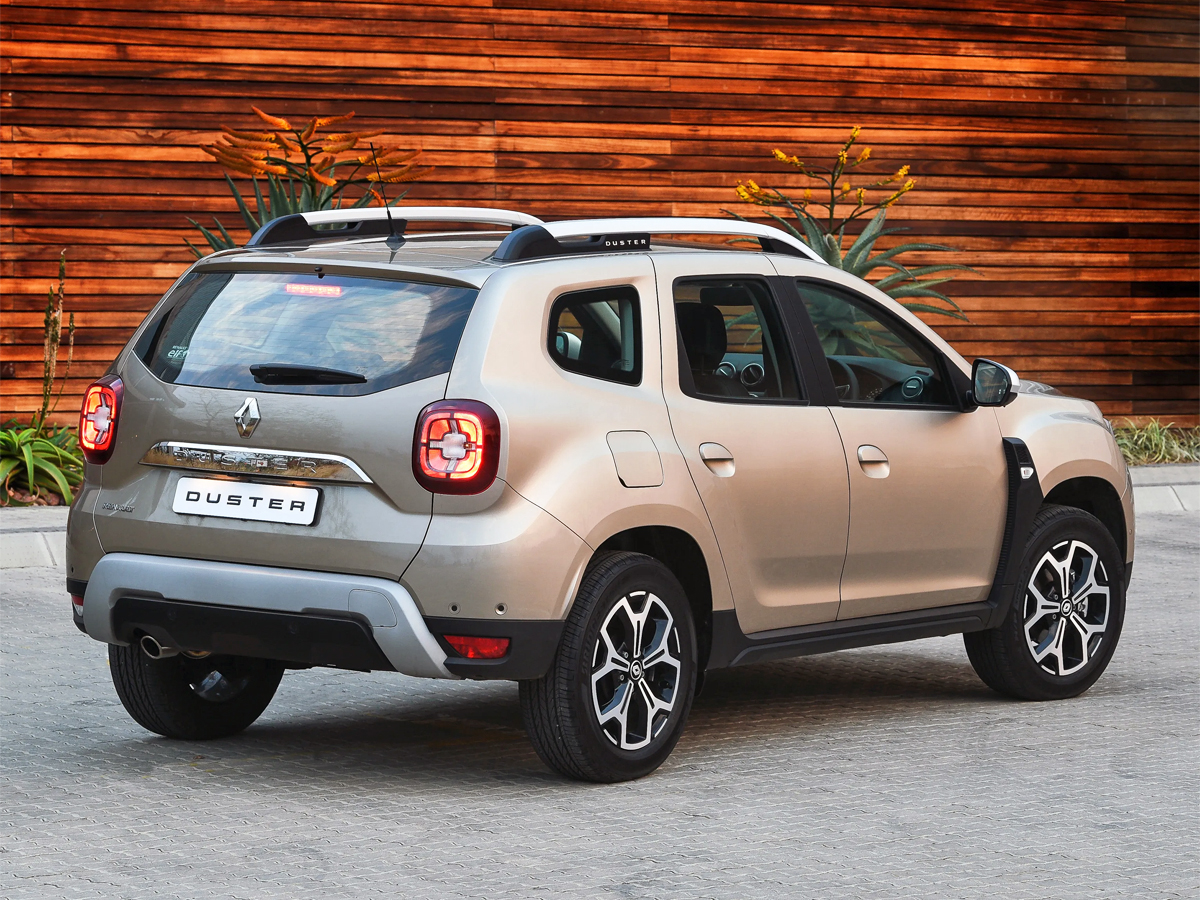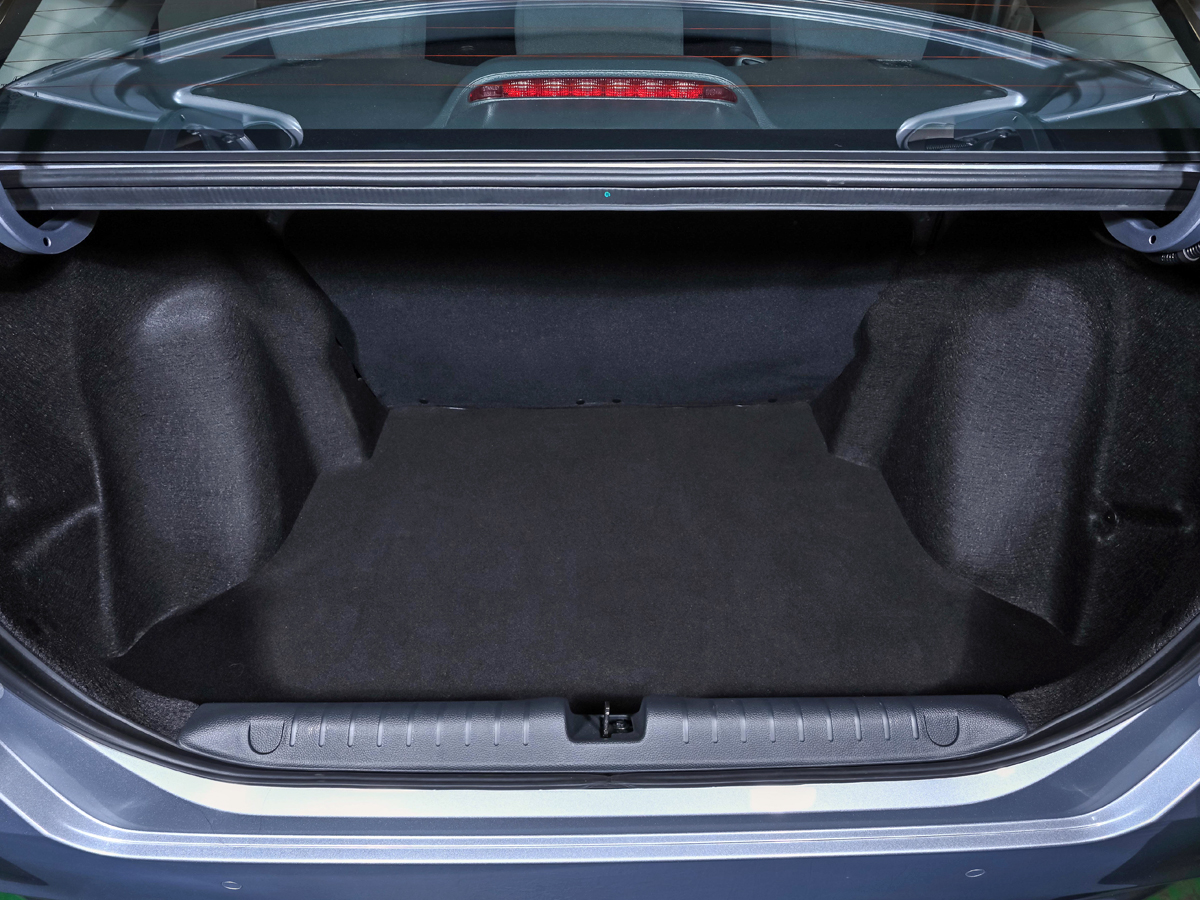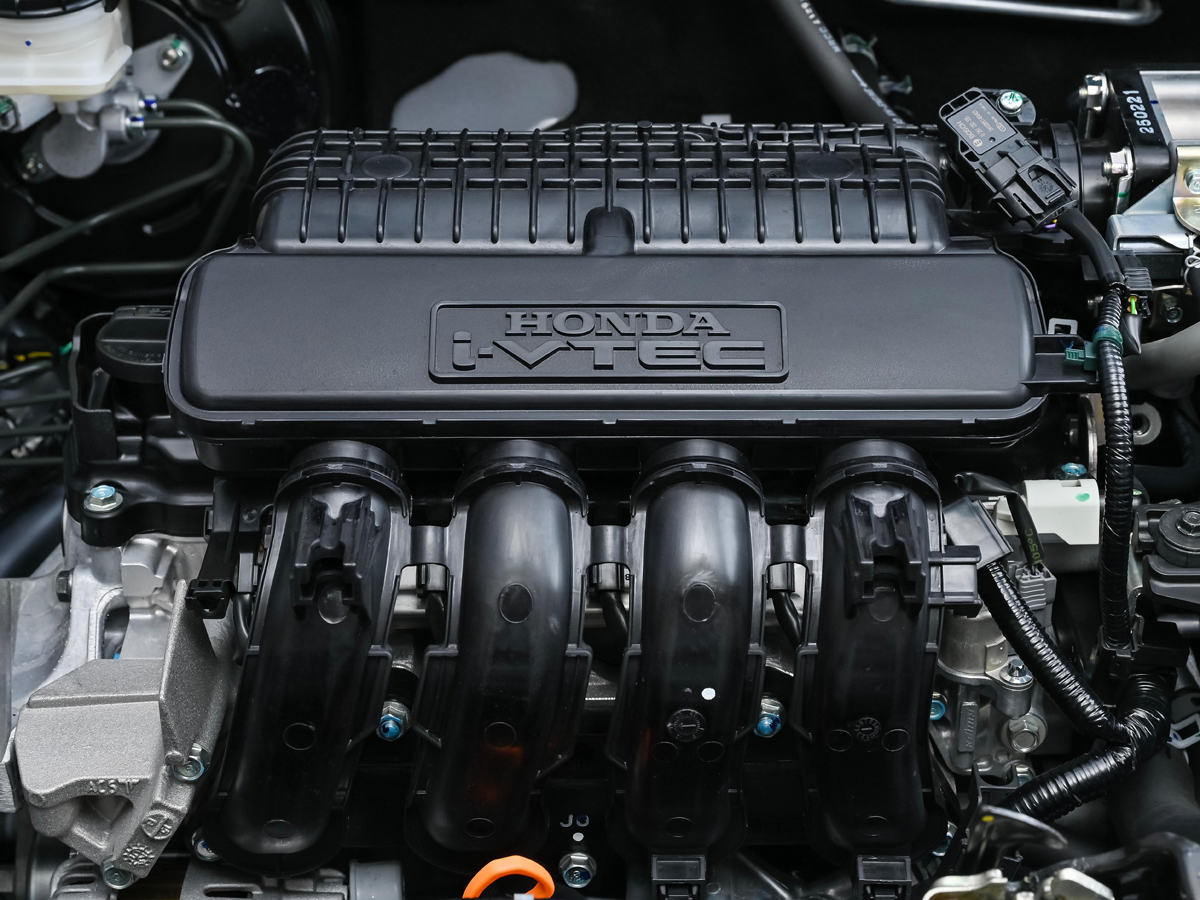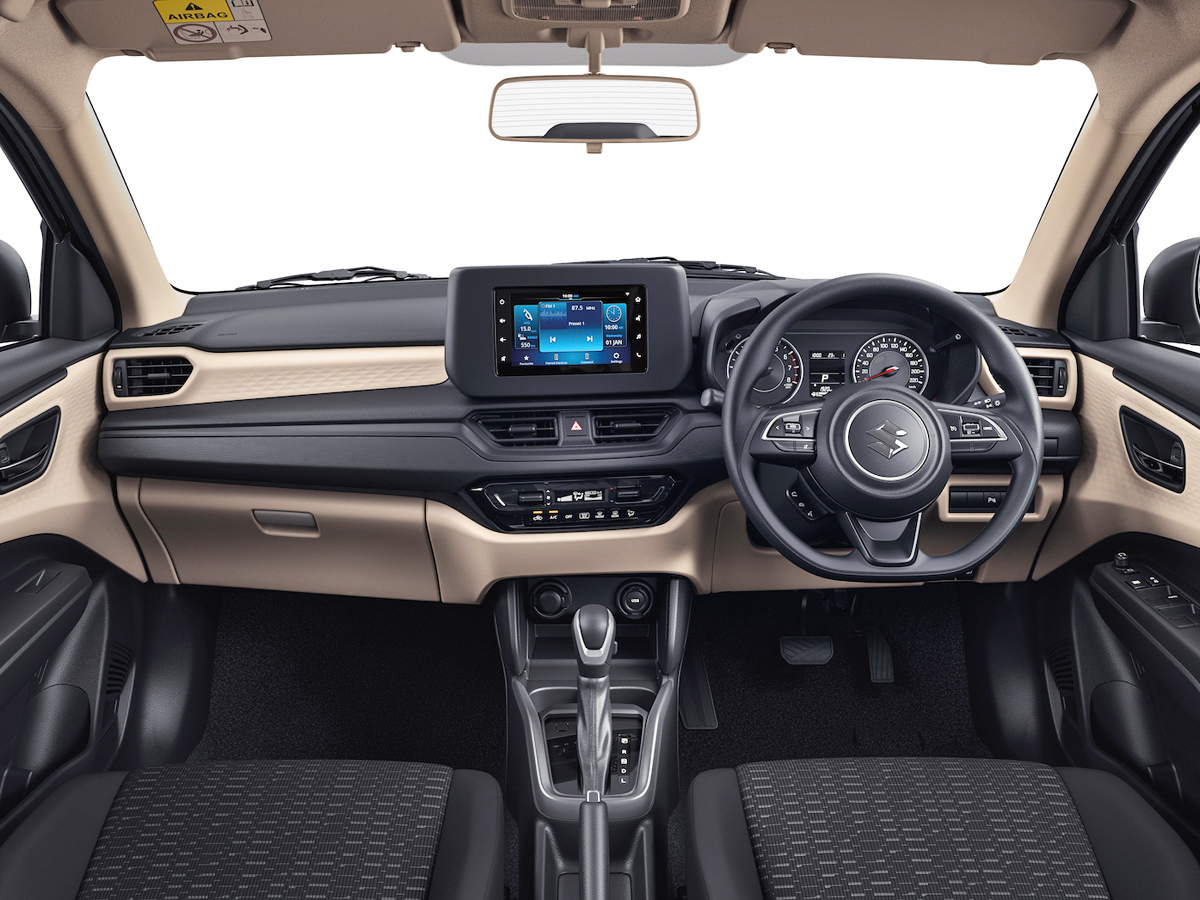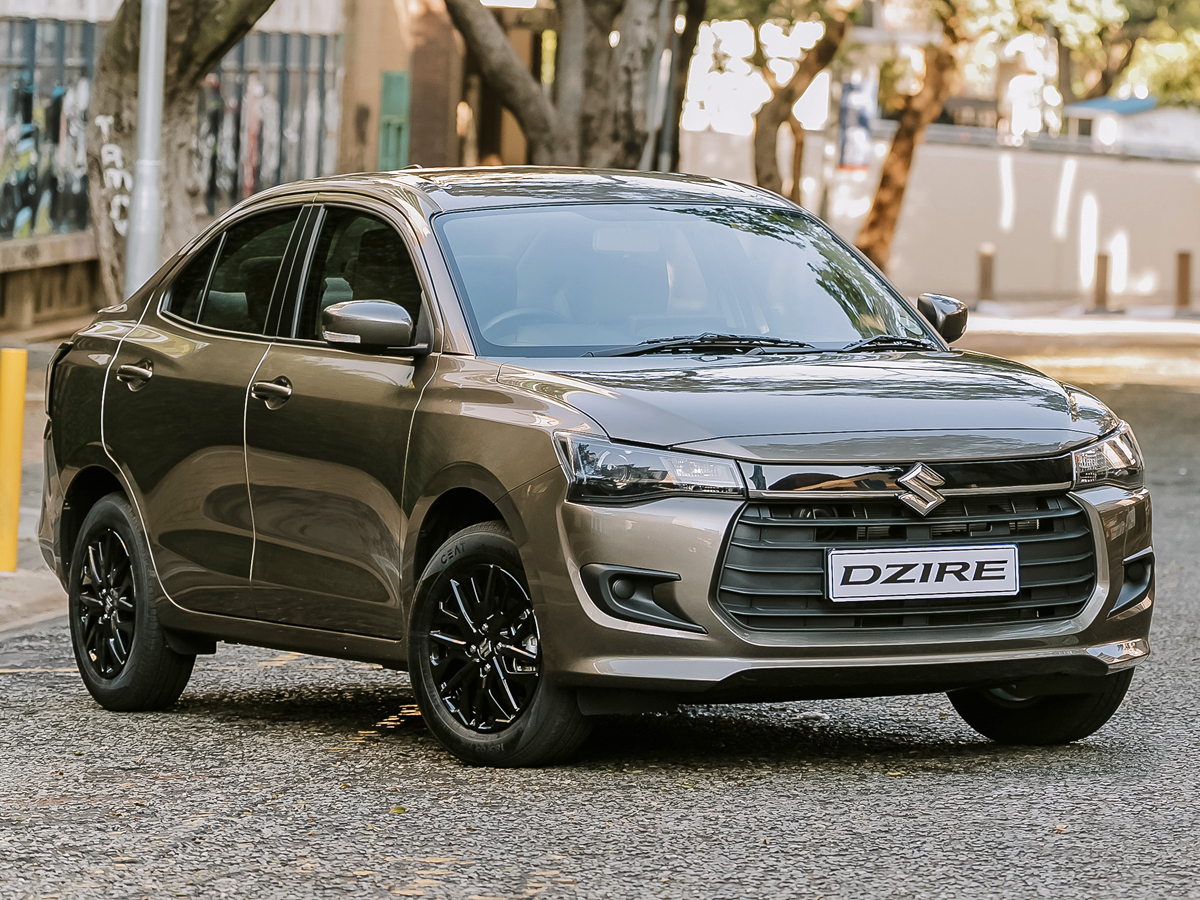Mercedes-AMG CLE 53 4Matic+ Coupe (2025) Review
With its striking matte black paintwork and seductive lines, the Mercedes-AMG CLE 53 Coupe was easily one of the most head-turning cars to grace our test fleet in 2025. Is it truly a return to form for AMG after a difficult few years?
We like: Striking design, improved interior quality, sense of theatre, balance of performance/entertainment and comfort/luxury.
We don’t like: Very pricey, especially once the options get added on, slightly tardy transmission.
FAST FACTS
- Model: 2025 Mercedes-AMG CLE 53 4Matic+ Coupe
- Price: R2 086 466 (before options)
- Engine: 3.0-litre turbopetrol + mild-hybrid
- Transmission: 9-speed automatic
- Power / Torque: 347 kW/600 Nm
- Claimed fuel consumption: 9.7 L/100 km
- 0-100 kph: 4.2 sec (claimed)
Where does the Mercedes-AMG CLE 53 4Matic+ Coupe fit in?
Once the go-to alternative for well-to-do consumers who wanted to stand out in a crowd of sedans, coupes are a rarity these days in a world obsessed with SUVs and crossover “coupes”. This rarity has only accented their glamorous appeal, and this was very obvious during our test period with Mercedes-AMG’s gorgeous new CLE 53 4Matic+ Coupe, a car that attracted the type of finger-pointing and jealous stares usually reserved for multi-million rand exotics. Then again, at over R2 million, the CLE 53 is a multi-million rand purchase itself…
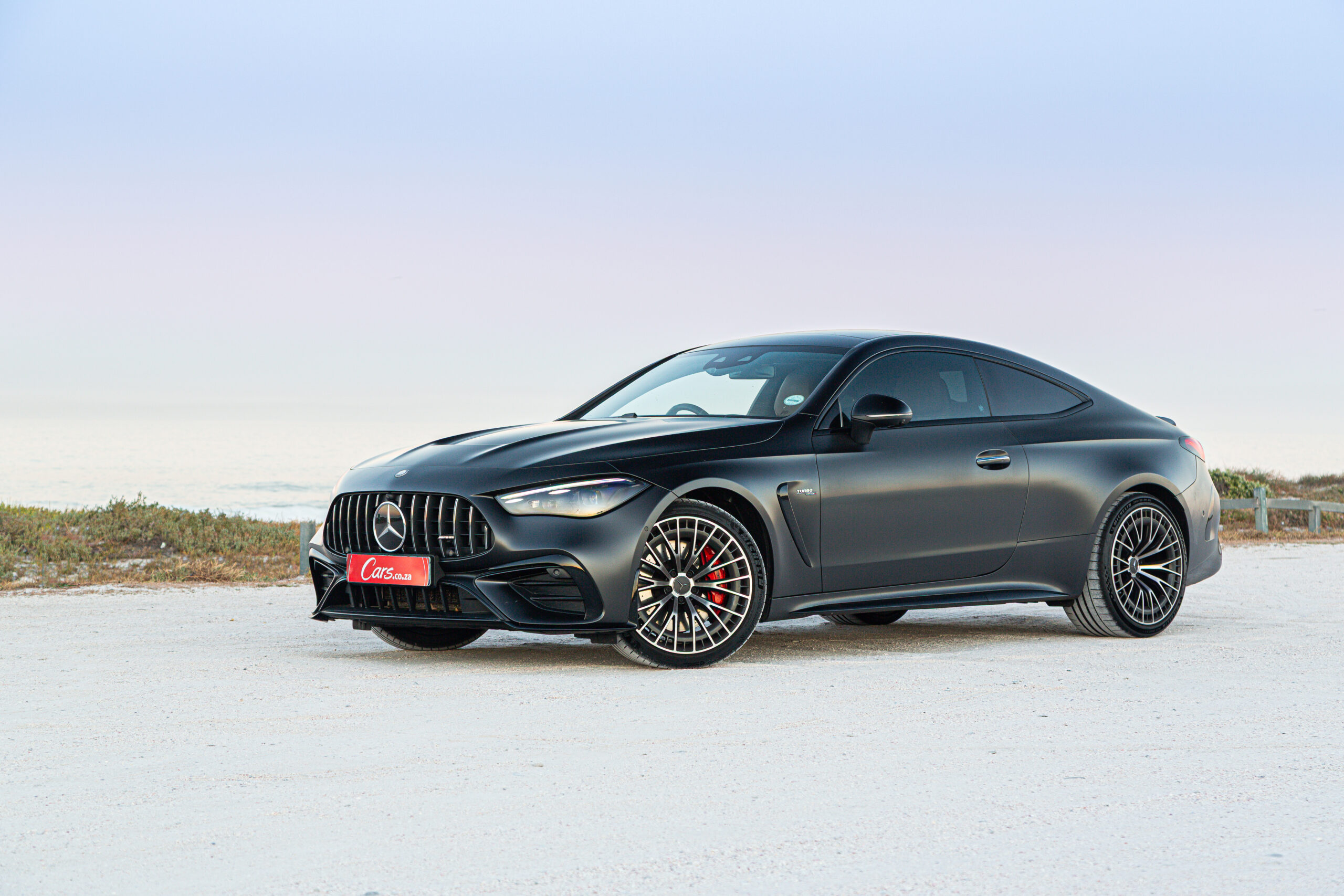
At its price, the CLE 53 Coupe actually has very few direct rivals. In fact, it may have none. Yes, the BMW M4 is on the radar, but that’s a more hardcore performance car. And, yes, the M440i Coupe can be bought for significantly less, but that’s much less exotic. Porsche’s entry-level 911, on the other hand, also powered by a turbocharged 6-cylinder, comes at a roughly R500k premium. Neither Jaguar nor Lexus or Maserati currently list coupes of this nature for sale.
Compare the Mercedes-AMG CLE 53 to the BMW M440i and Porsche 911 here
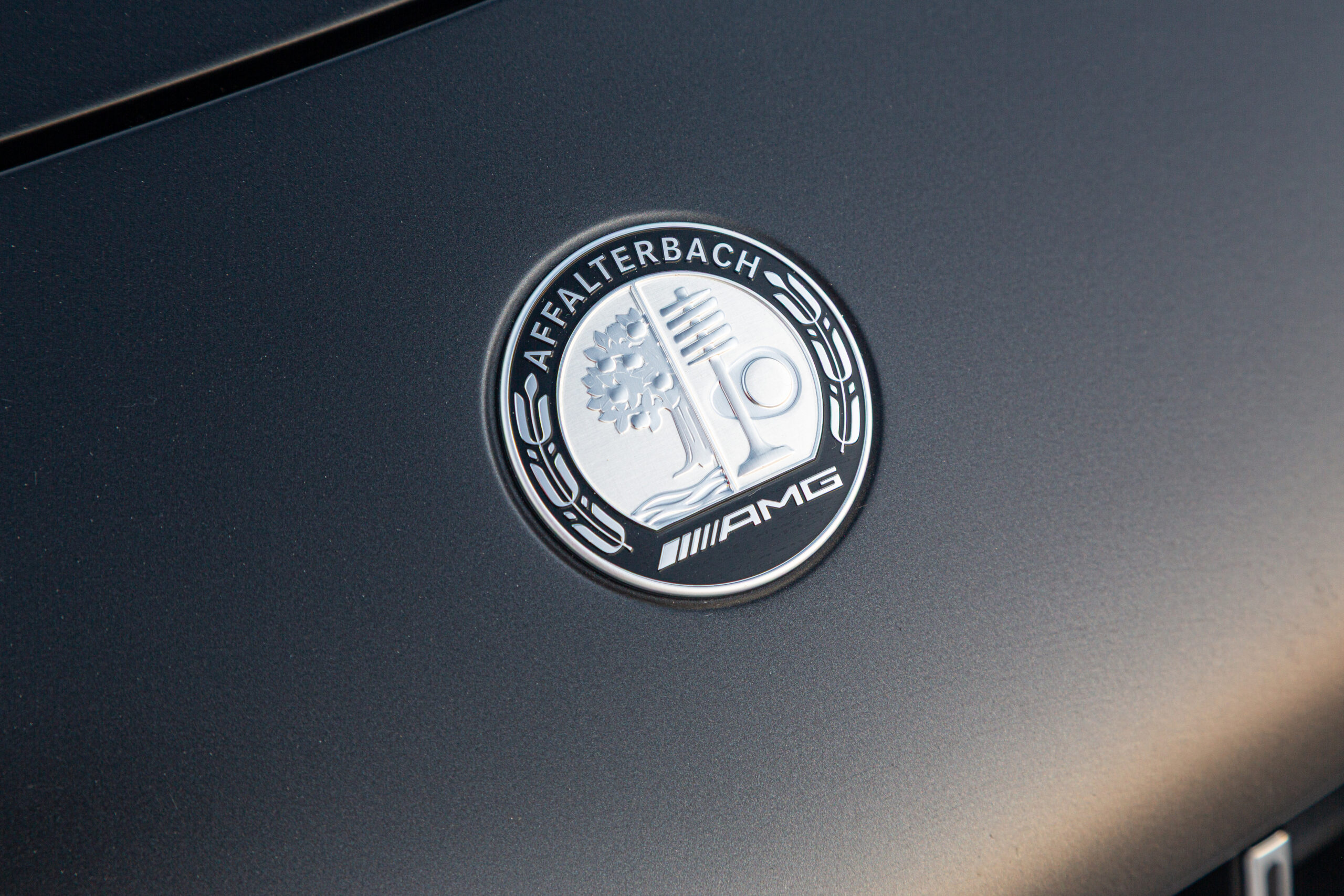
With its blend of sizzling performance and comfort/luxury, topped with large dollop of desirability, the CLE 53 Coupe is thus quite unique in the local market. But not having rivals doesn’t automatically make anything a good buy. Let’s find out if the Mercedes-AMG CLE 53 4Matic+ Coupe merits your consideration.
How the Mercedes-AMG CLE 53 4Matic+ Coupe fares in terms of…
Design & Packaging
The standard Mercedes-Benz CLE coupe, available locally from around R1.3m, is already one of the sexiest automotive shapes in the local market. With its curvy body stretched elegantly over a generous wheelbase, it arguably looks more expensive than it actually is. It undoubtedly makes for a good base for the AMG variant tested here.
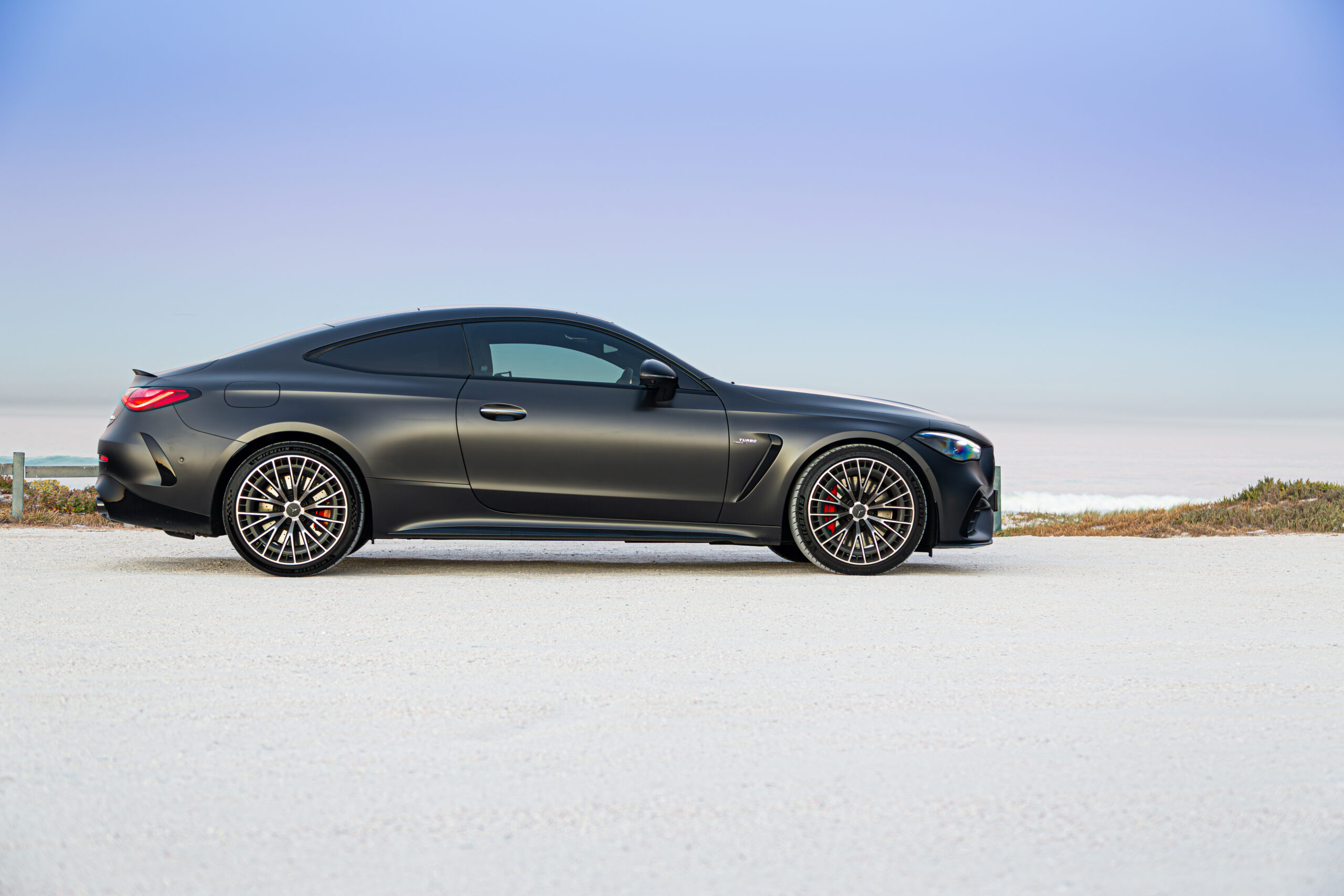
The marque’s trademark Panamericana grille is probably the biggest single visual change compared with the standard car. However, there are loads of smaller details that add up to a significantly more powerful presence. The most notable are the air outlets behind the front wheels, the more chiselled rear spoiler and the way those curvy (wider) wheelarches hug the large wheels tightly. In terms of proportions, this is one of the finest designs on the market.

Mind you, our test unit had some help from the options list. The CLE 53 Coupe rides on 19-inch wheels as standard, but our test unit had 20-inch Y-spoke rims fitted, a R17 200 option that seems to be worth it given the visual uplift. Similarly, the Graphite Grey Magno paint perfectly complements the CLE’s design, but is an eye-wateringly pricey option at R98 000. If you want the red brake callipers, then go for the AMG Dynamic Plus Package (which also adds dynamic AMG engine mounts) for R44 000. And a panoramic sliding sunroof? That’s an extra R33k.
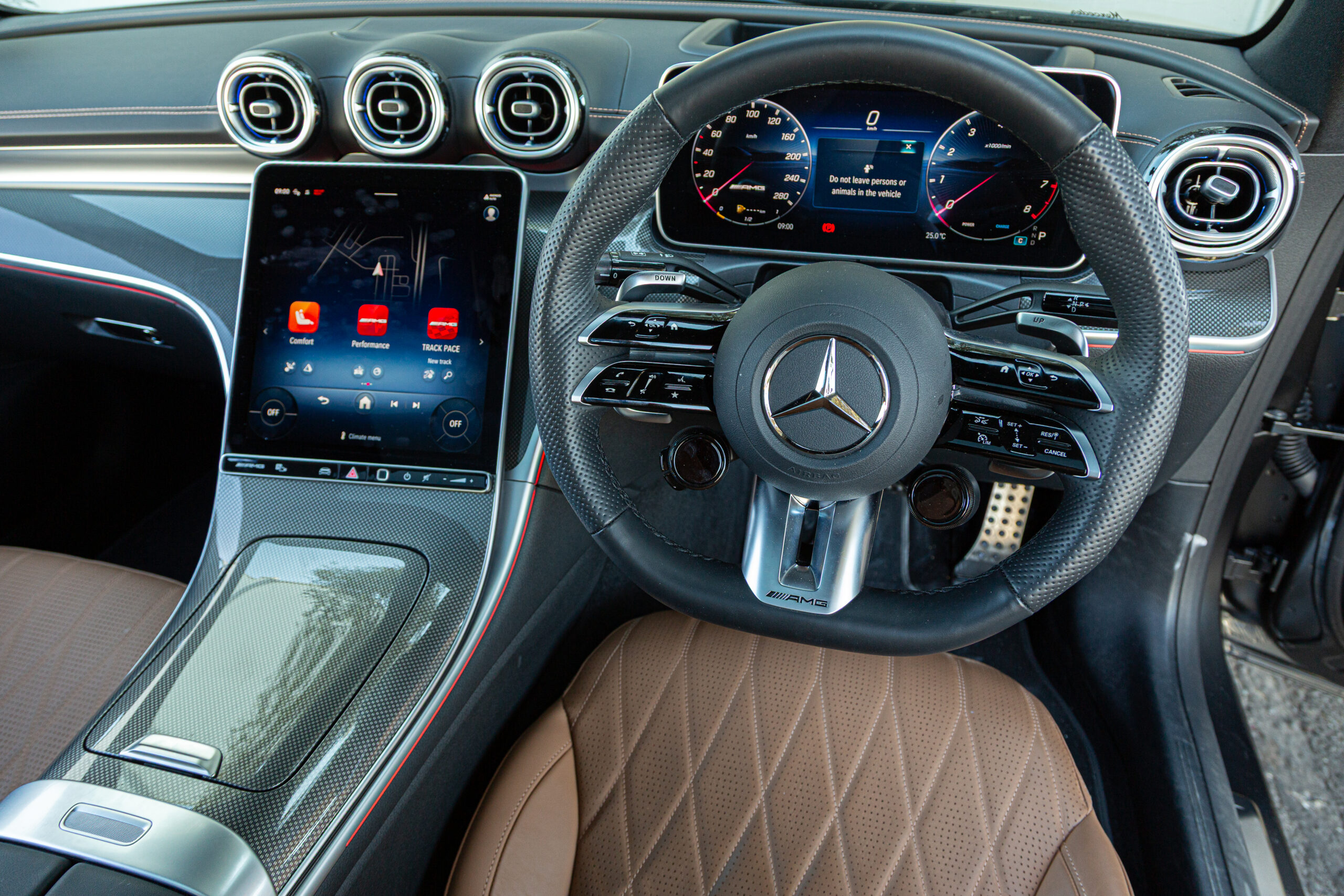
While costly options are not a Mercedes-AMG preserve, the reality is that the CLE’s price quickly escalates to (base) M4 levels, and so you just have to be sure what you are actually looking for in your R2m+ coupe.
With a body length of 4 853 mm, the CLE is only slightly longer than an M4 (4 801 mm) and marginally wider and taller, too. It is therefore similarly packaged, with usable rear leg- and headroom that makes it possible for passengers of around 1.8m to sit in the back for shorter distances (although it’s obviously better suited to small adults and kids). The boot is rated at a useful 410 litres.
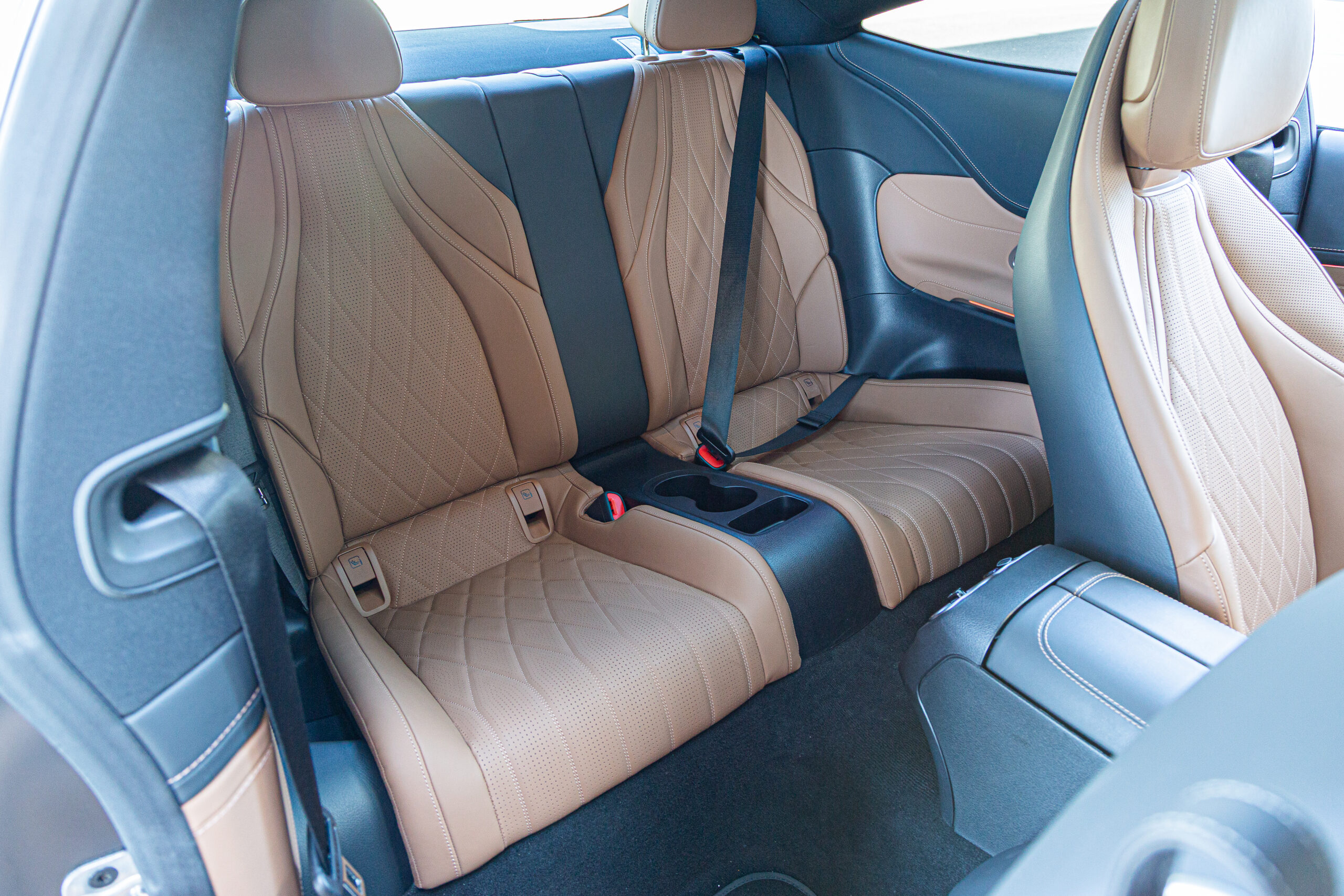
The cabin is as you’d expect from a modern Mercedes-Benz product. It’s dominated by large screens and shiny surfaces but there have been subtle improvements compared with recent products from the Three-pointed Star. For one, our test unit didn’t have too much piano black (vast expanses of which shows scratches, fingerprints and dust), instead boasting a faux-carbon-fibre trim.
Also, the cabin wasn’t dominated by black trim; our test unit had lovely Balao Brown/black Nappa leather. And, most importantly, while some of the trim materials still feel relatively flimsy, the CLE 53 Coupe was screwed together well, with less movement from the various pieces and no rattles.
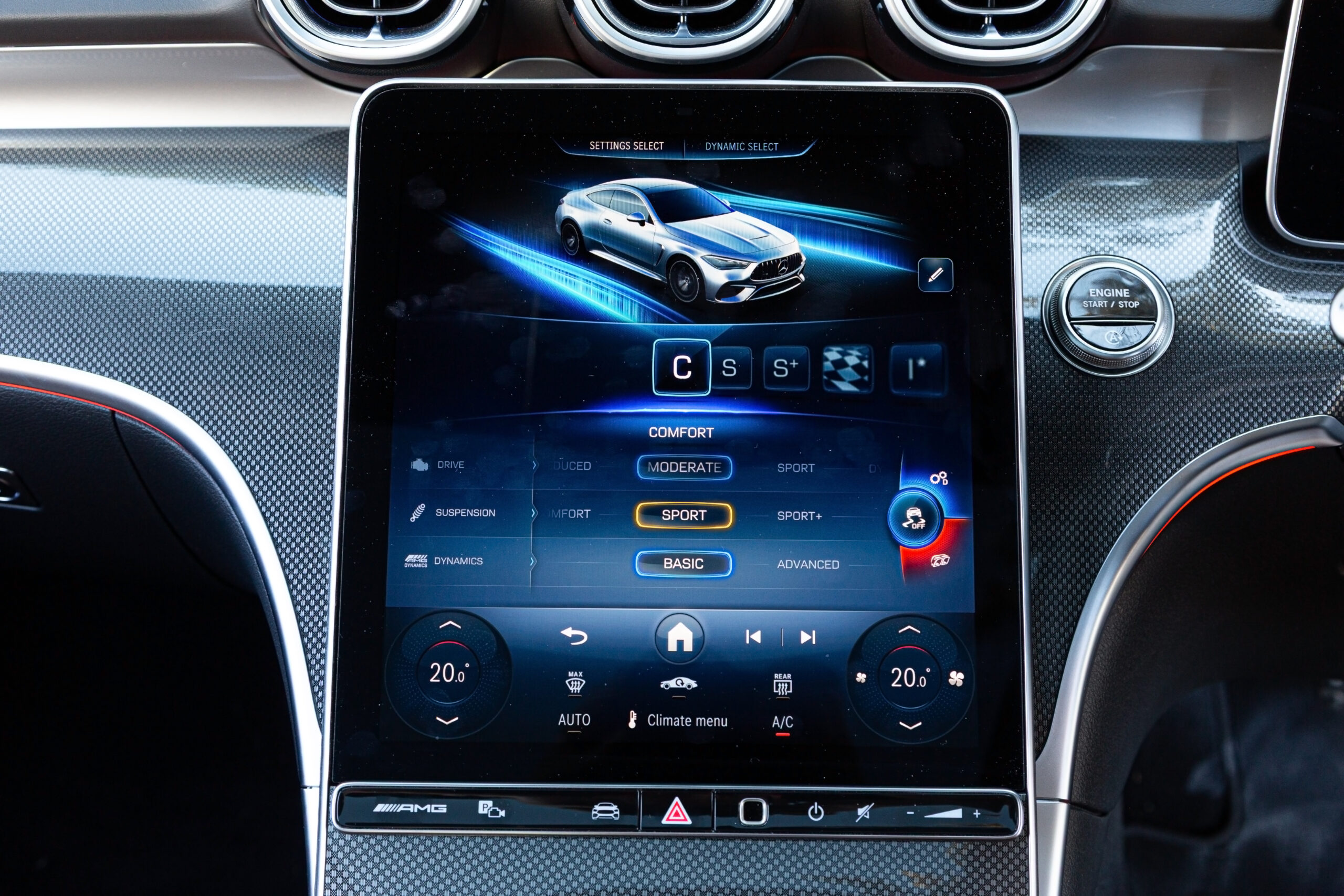
The large, 11.9-inch slanted infotainment screen is home to most of the car’s staggering number of controls and, for the most part, works well. A bugbear for many of our test team remains having to use digital controls for the climate control but at least those elements are well-sized and accessible on the screen. Below the screen is a thin strip of real buttons for features such as audio volume and bringing up the camera views.
Speaking of the latter, the views are crisp and it is worth saying that the larger views offered by Mercedes-Benz’s infotainment screen (also for navigation and even the menus to select drive modes), do mean that you can operate the system faster. The AMG button below the screen brings up the various dynamic settings on the screen itself, allowing the driver to tailor the car’s drivetrain and suspension settings as desired.
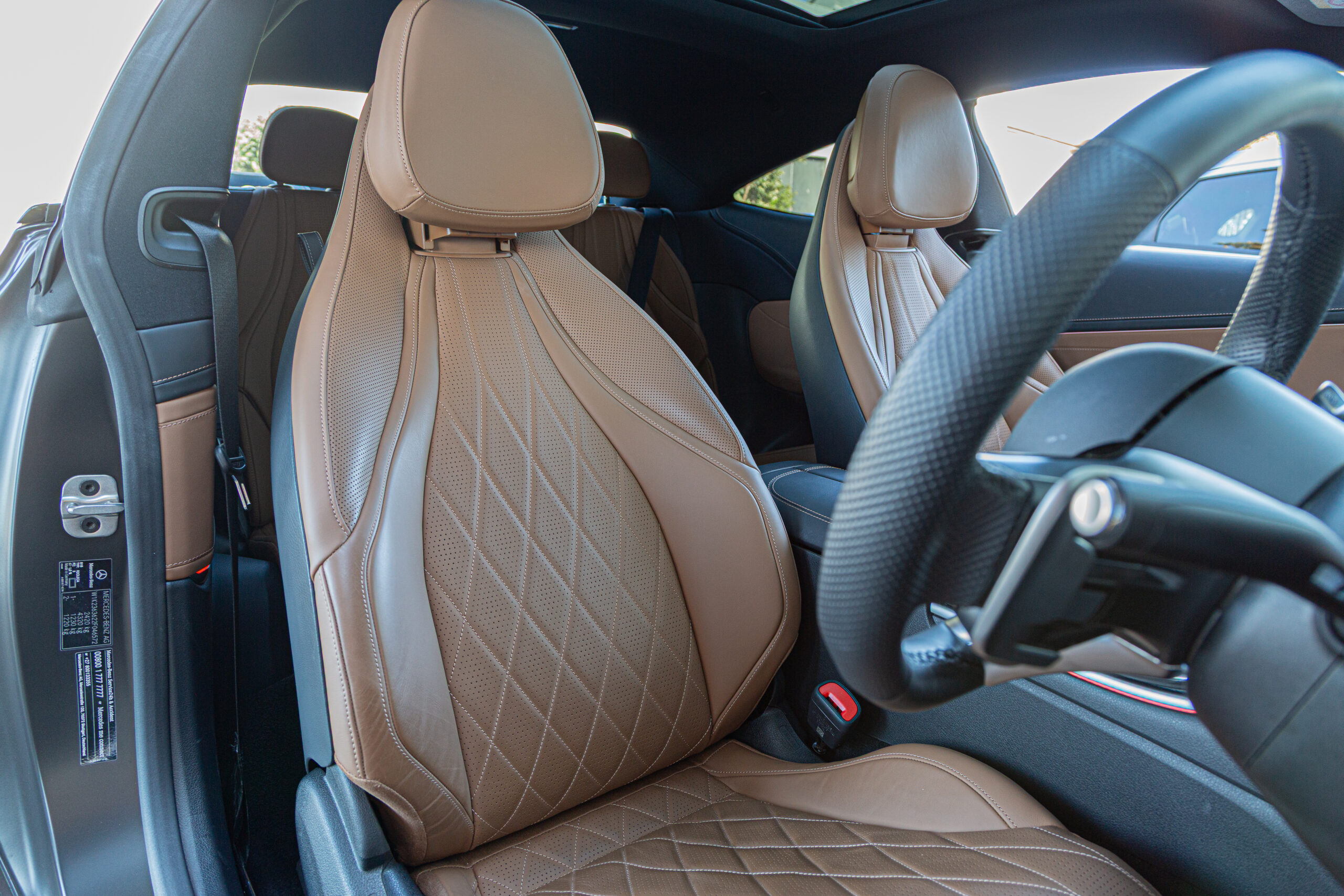
The view from the driver’s seat is suitably ego-stroking and the standard specification is reasonably generous. As standard, the front seats are electrically adjustable (with memory) and boast a heating function. If you want the AMG Performance Seat Package, however, that’ll be an additional R52 000.
It’s a similar story with the car’s infotainment specification. As standard, you get the necessities, but you can end up splurging if you’re not careful. Head-up display is R23 000 and the very nice augmented-reality navigation signals add a further R9 000. A Burmester 3D surround sound system is an optional extra at R26 000.
Ride, Handling & Comfort
The CLE coupe replaced both the previous C-Class and E-Class coupes. Consequently, it is no surprise to find that it attempts to offer a balance of ride comfort, luxury and agility in its dynamics in order to satisfy a fairly wide range of potential customers’ needs. It has all-wheel drive as standard, as well as rear-wheel steering (to boost agility and turn-in) and AMG Ride Control suspension.

For a car with such large wheels, the CLE’s ride comfort around town is impressive, provided you are in comfort mode on the AMG Ride Control suspension. It absorbs bumps and road irregularities well, and the cabin remains a calm and comfortable place during day-to-day driving (within the context of it being a fairly serious performance car).
The CLE feels perfectly suited to high-speed, long-distance driving. We suspect that most drivers will stick to comfort mode, seeing as the sportier modes bring a level of firmness that only really works on smooth, flat surfaces.
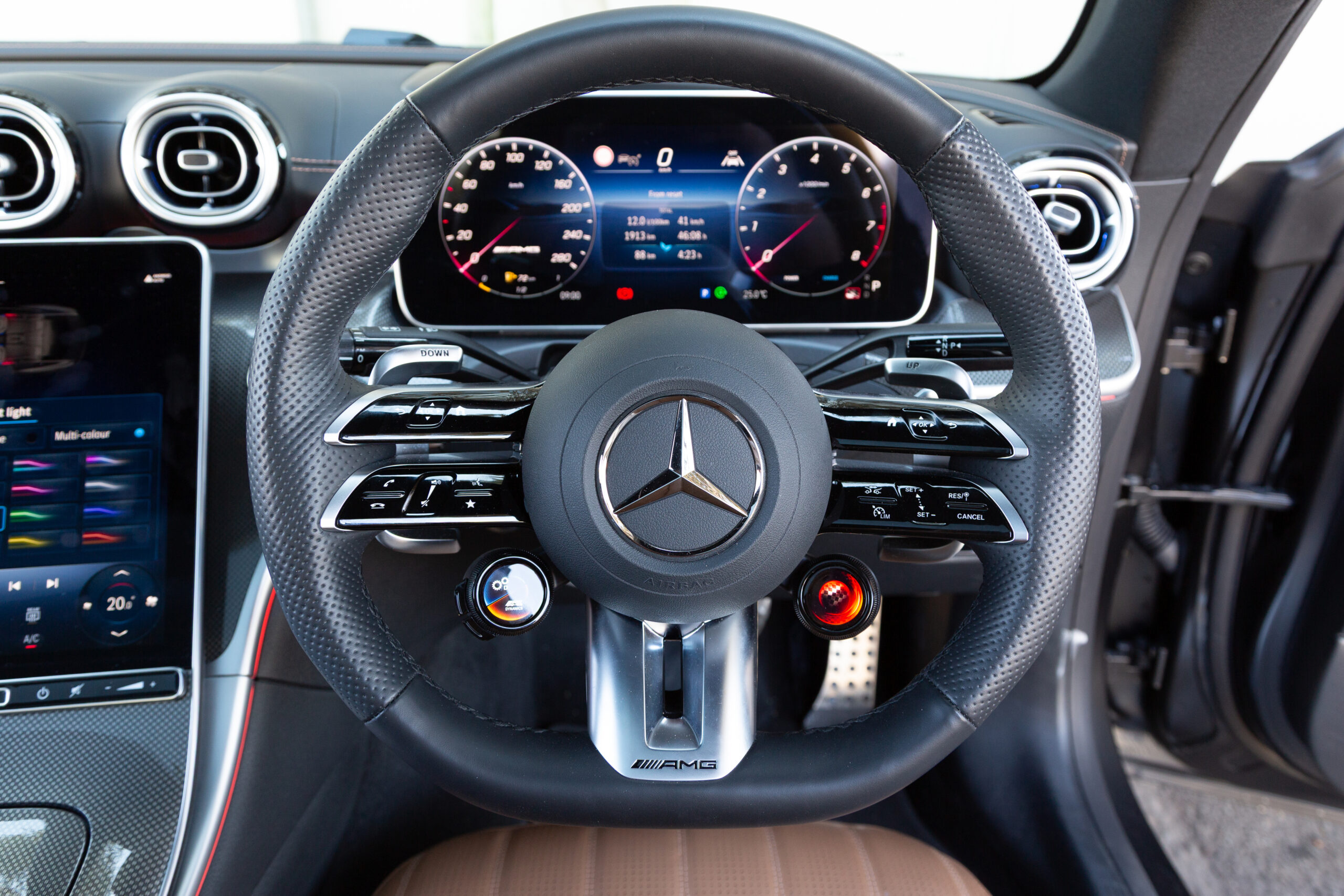
That doesn’t mean, however, that it’s a one-trick pony. The steering is nicely weighted and accurate. Flick to the sportier modes (there is a controller on the steering wheel) and there is greater resistance to body roll from the suspension.
While the weight of the car remains perceptible when you start to hustle it, it resists understeer pleasingly well, with just enough playfulness from the rear to engage enthusiastic drivers. That said, even in its most extreme mode, the car has so much inherent grip at the rear that it never becomes an oversteering beast.
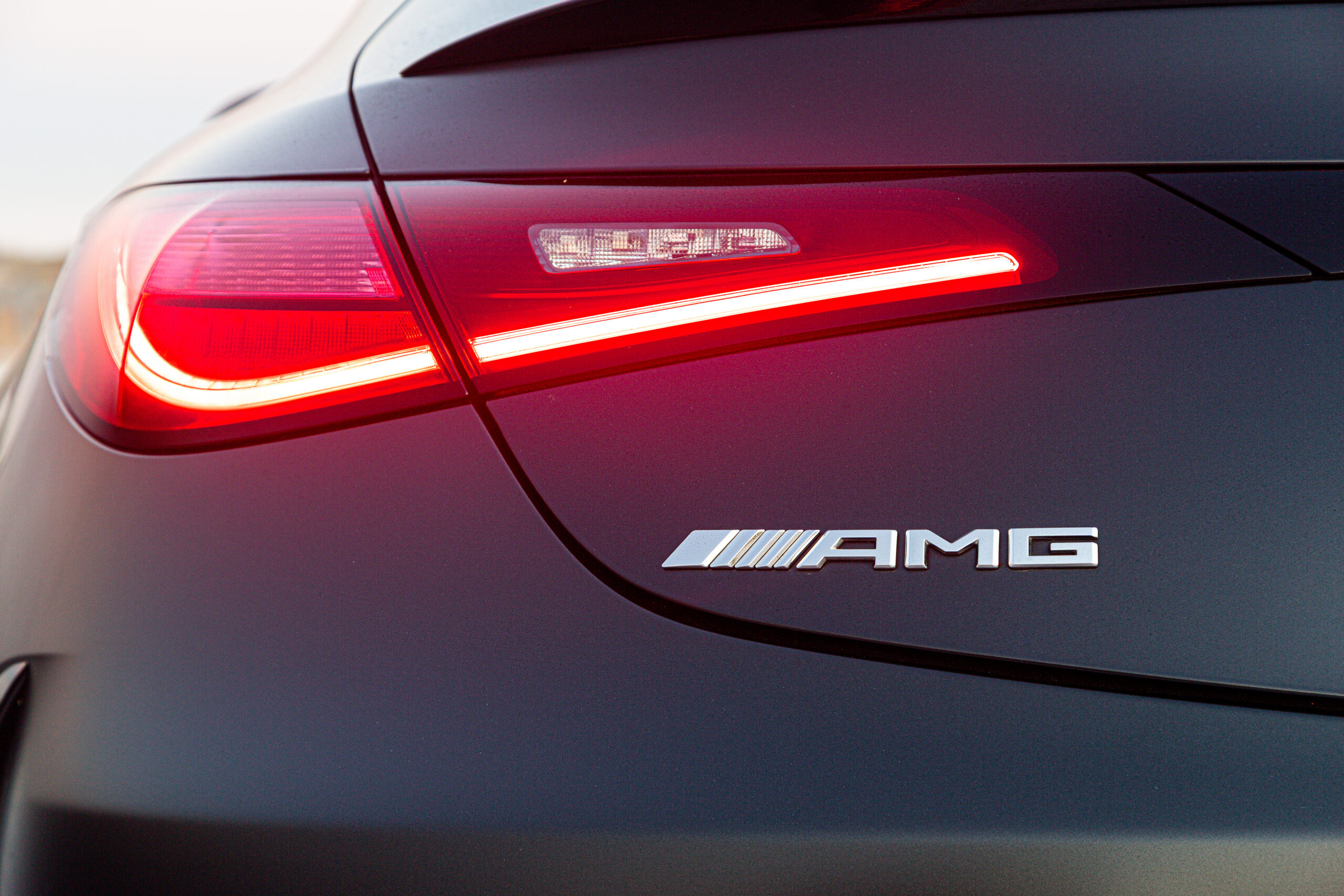
So, while by no means as sharp a tool as the BMW M4, it’s not meant to be. It provides a great balance for drivers who don’t want to sacrifice every-day driving comfort for those few moments of lairy, tyre-smoking fun that a more razor-sharp performance car would deliver.
Performance & Efficiency
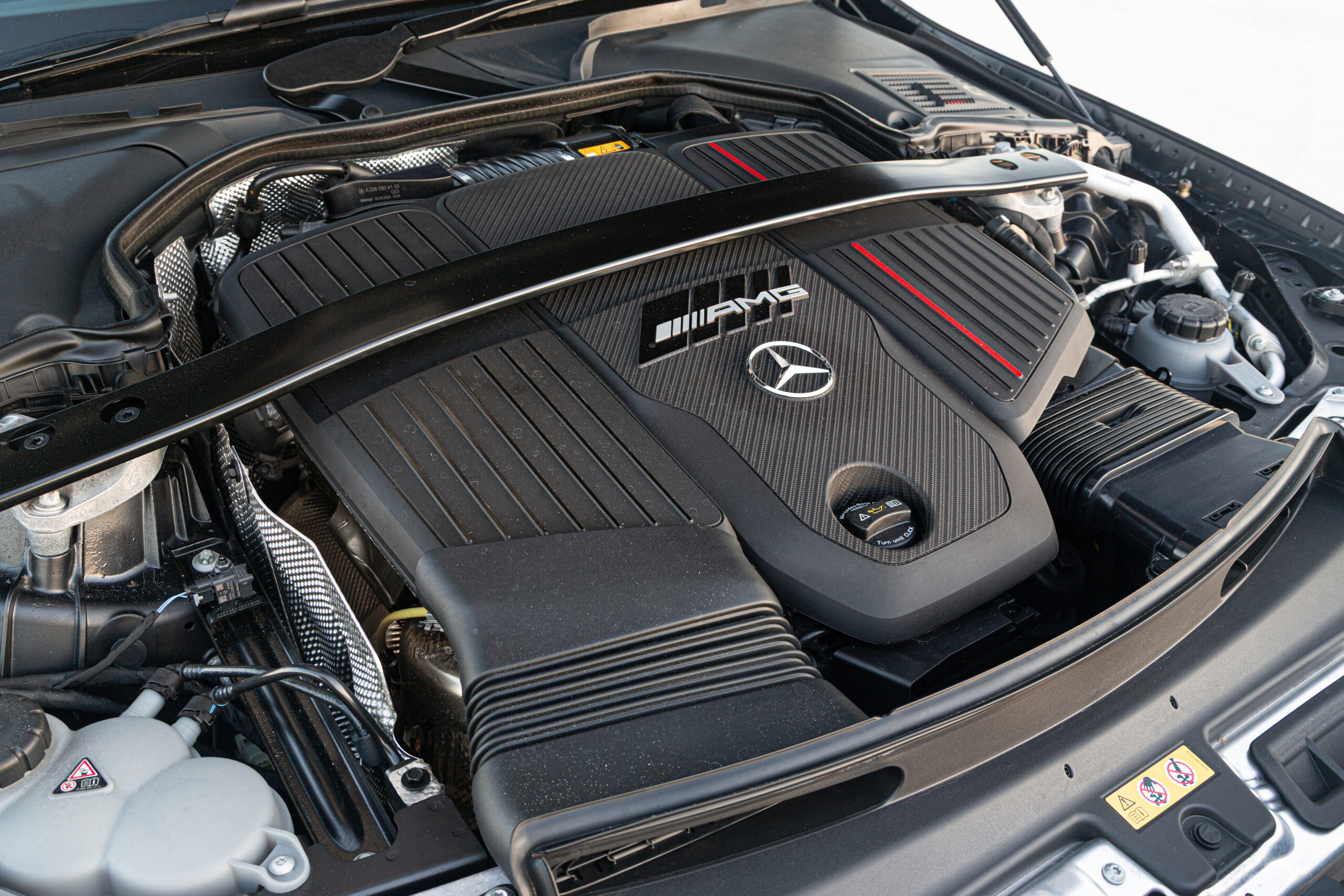
Under the bonnet is not a four-cylinder engine such as in the AMG C 63, but a turbocharged 3.0-litre straight-6 that also gets an additional electric compressor running off the 48V mild hybrid system. This integrated starter-generator can supply an additional 17 kW and 205 Nm for about 12 seconds, lifting the maximum power and torque figures to 347 kW and 600 Nm. The engine is mated with a 9-speed automatic transmission.
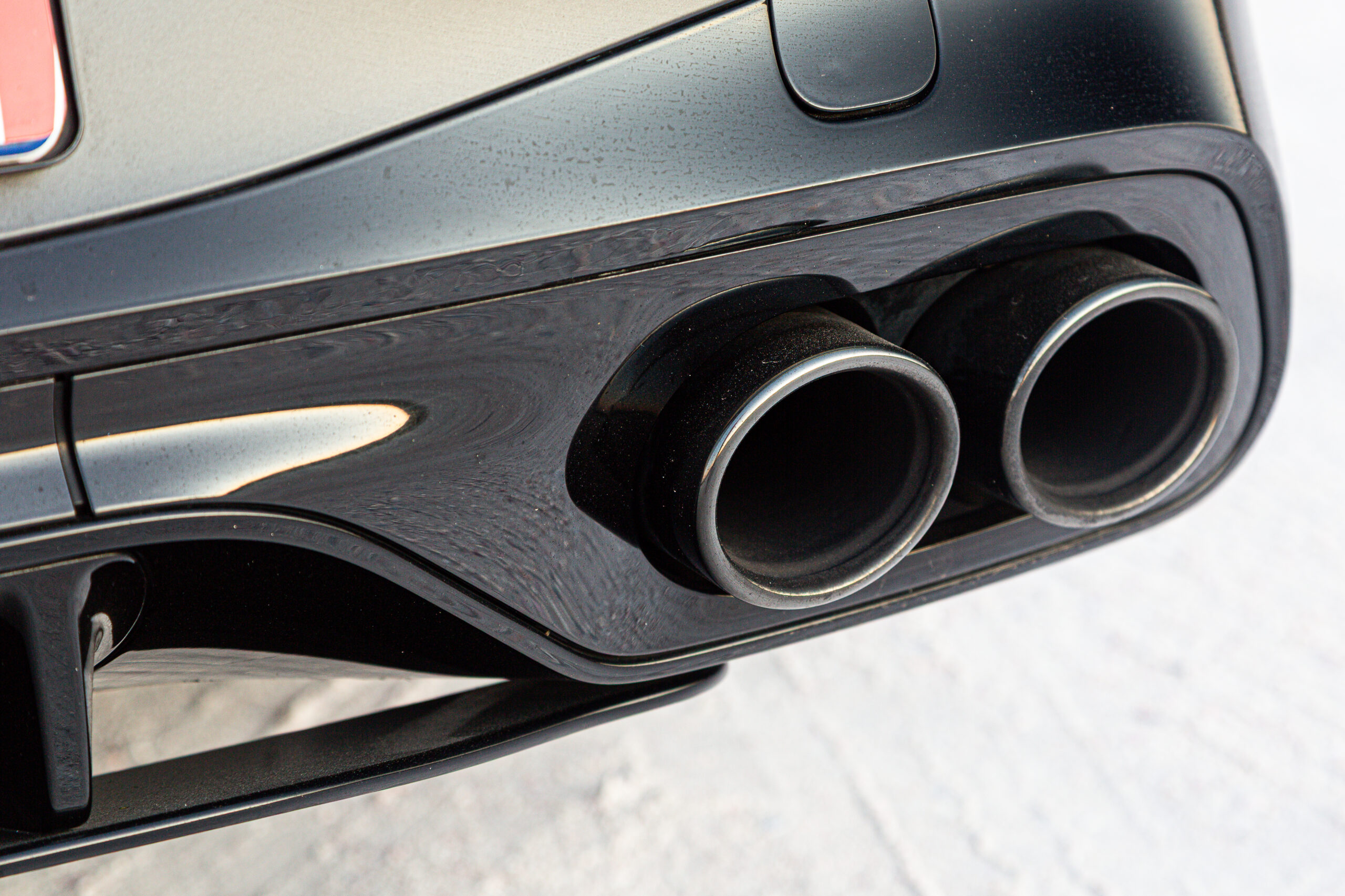
It’s a relatively demure setup when driving around town but, when provoked, the raspy sound is exciting (and addictive). You can elicit the sound more regularly by switching on the pipes via a controller on the steering wheel. While this is augmented, it’s done well and will please the AMG faithful more than the reedy sound accompanying the 4-cylinder AMG variants.
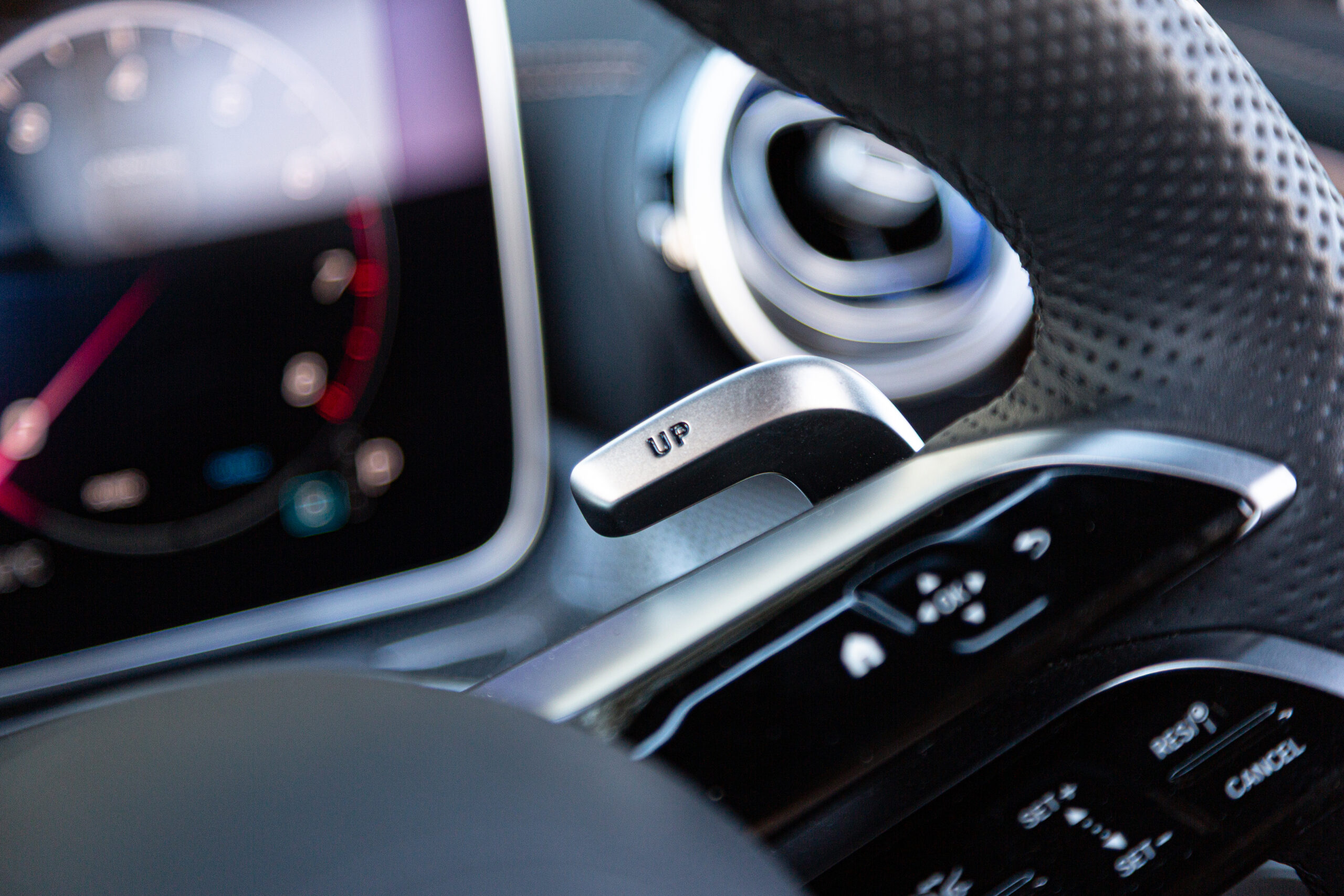
If there is a fly in the ointment, it is the 9-speed transmission. While it generally works well enough around town and provides a slick, smooth driving experience when unrushed, it is less impressive when used enthusiastically. The car has so much torque that having 9 ratios feels superfluous, and on the edge there is just enough delay between shifts via the paddles and the resultant action to leave a skilled driver frustrated. Throttle response could also be sharpened up, while we’re nitpicking. The latter issue is highlighted by the over-abundance of ratios.

Still, the CLE 53 is a fast car that offers a particularly strong mid-range punch. Mercedes-AMG claims a 0-100 kph time of 4.2 seconds (the BMW M4 takes 3.5 seconds, for reference). Our stealth bomber-spec unit was feeling particularly energetic and bolted to 100 kph in 4.02 seconds.
Top speed is 250 kph as standard, but you can stretch it to 270 kph by forking out another R41 500 for the AMG Driver’s Package.
With a claimed average fuel consumption of 9.7 L/100 km, the CLE 53 is more efficient than the M4 and also the base Porsche 911. It also has a larger tank (65 litres), which partners well with its other long-distance cruising talents.
Mercedes-AMG CLE 53 4Matic+ Price & After-sales support
At R2 086 446 before options, the AMG CLE 53 Coupe is certainly pricey, and significantly more so when compared with the BMW M440i. With options added, you can very easily get to (pre-options) BMW M4 pricing. The AMG’s sticker includes a 2-year/unlimited km warranty and 5-year/100 000 km maintenance plan.
Verdict
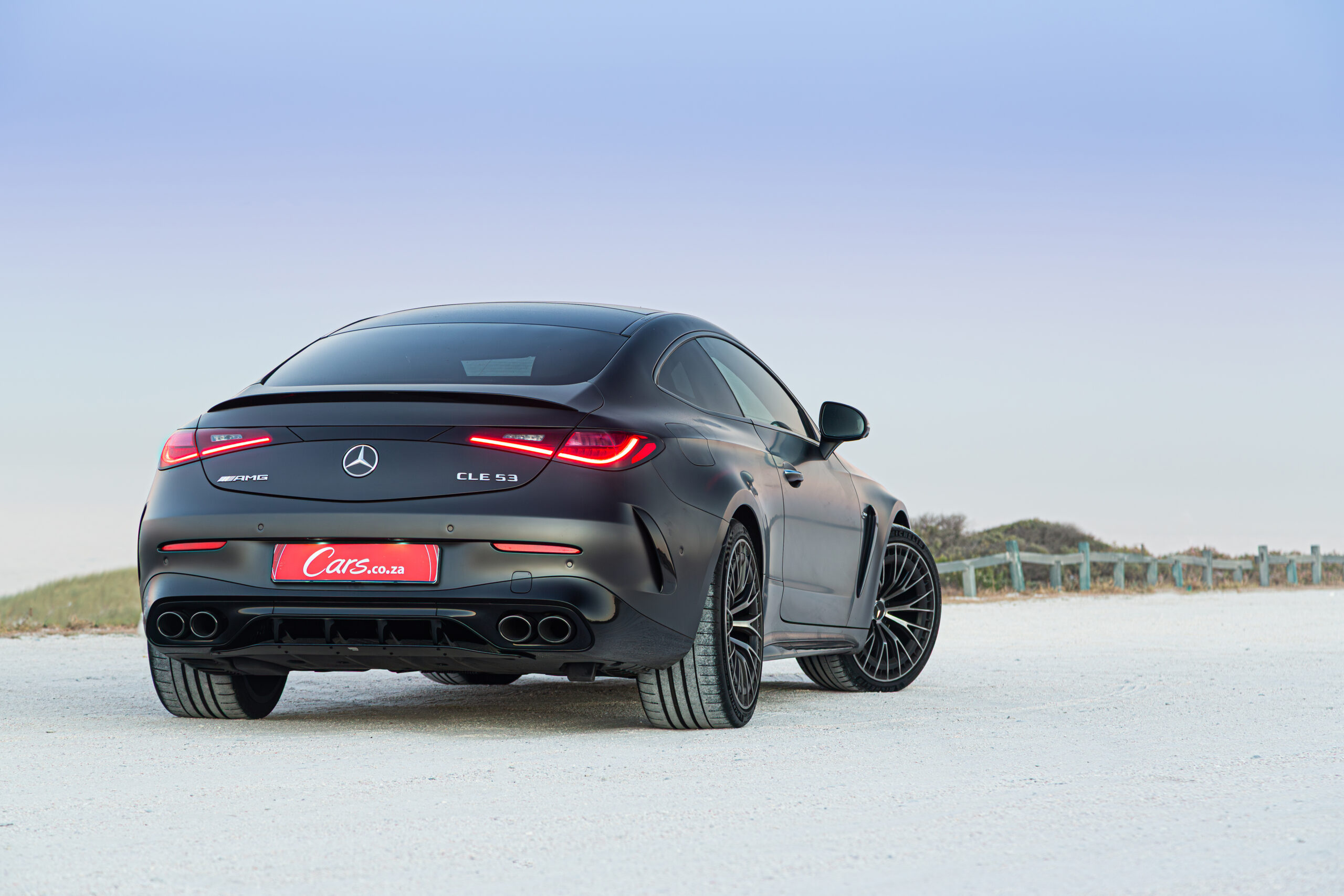
In many ways, the Mercedes-AMG CLE 53 Coupe was one of the most memorable test cars of 2025. Strikingly handsome and with impressive performance and thrills that don’t come at the expense of luxury and comfort, it is a high-tech, modern interpretation of the traditional AMG values we have come to love through the years.
And while there are certainly arguments to be made about its value-for-money proposition, it is positioned in such a way (via its pricing and design) that makes buying it more of an emotional decision anyway. After all, the most desirable things in the world are rarely perfect…
Frequently Asked Questions
What is the price of the Mercedes-AMG CLE 53 in South Africa?
As of late 2025, the Mercedes-AMG CLE 53 4MATIC+ Coupé starts from approximately R2 086 466 in South Africa. Prices may vary based on optional extras, such as the AMG Driver’s Package or specific interior trims.
What engine specs does the Mercedes-AMG CLE 53 have?
The CLE 53 is powered by a 3.0-litre inline-six turbo petrol engine with an exhaust gas turbocharger and an additional electric auxiliary compressor. It produces 330 kW and 560 Nm of torque (up to 600 Nm with overboost). It also features a 48-volt integrated starter generator (ISG) that provides an additional short-term boost of 17 kW and 205 Nm.
How fast is the Mercedes-AMG CLE 53 from 0-100 km/h?
The Mercedes-AMG CLE 53 4MATIC+ Coupé accelerates from 0 to 100 kph in a claimed 4.2 seconds. The top speed is electronically limited to 250 kph, which can be raised to 270 kph with the optional AMG Driver’s Package.
Does the Mercedes-AMG CLE 53 come with all-wheel drive?
Yes, the CLE 53 features the fully variable AMG Performance 4MATIC+ all-wheel drive system as standard. This allows for variable torque distribution between the front and rear axles for optimal traction and dynamic handling.
What transmission does the Mercedes-AMG CLE 53 use?
Power is transmitted via the AMG SPEEDSHIFT TCT 9G transmission, which offers short shift times, double-declutching functions, and multiple downshifts for a sporty driving experience.



























